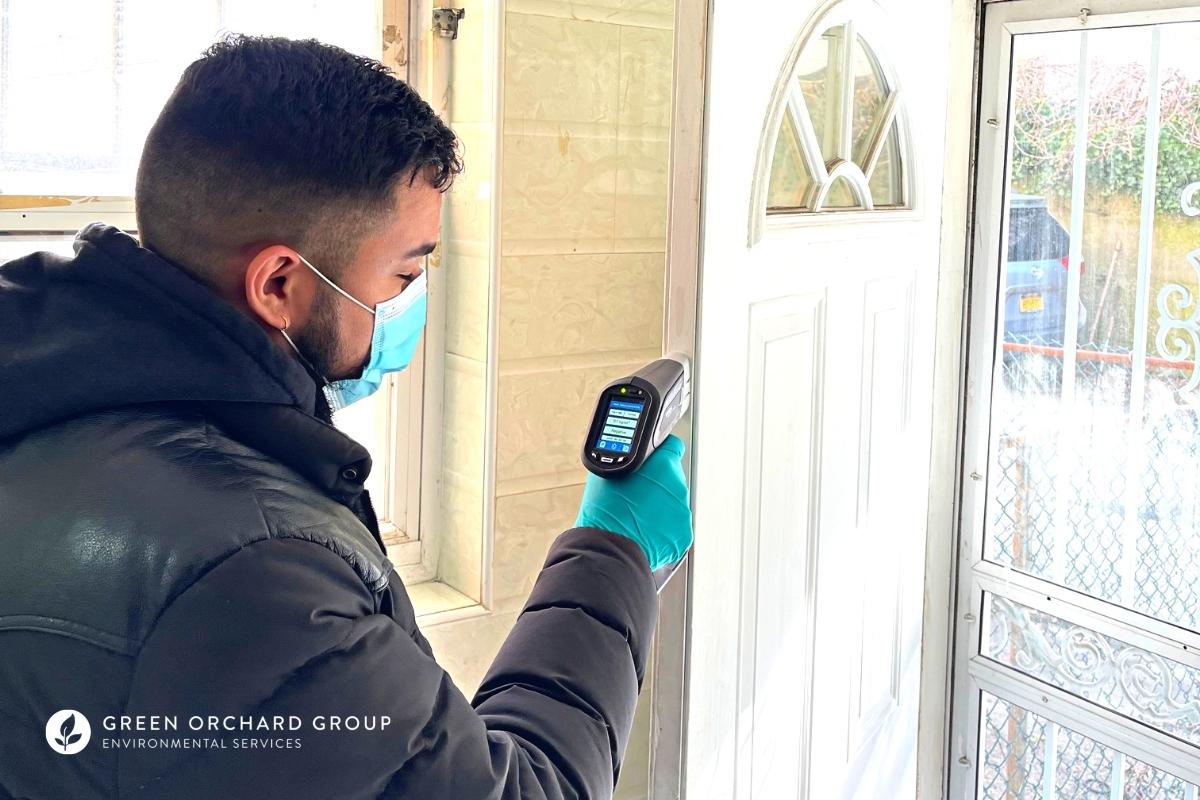
X-Ray Fluorescence (XRF) analysis is a proven technology used to detect and quantify the amount of lead present in old paint. Certified XRF lead testing is required for older residential buildings in NYC within a certain timeframe specified by Local Law 31.
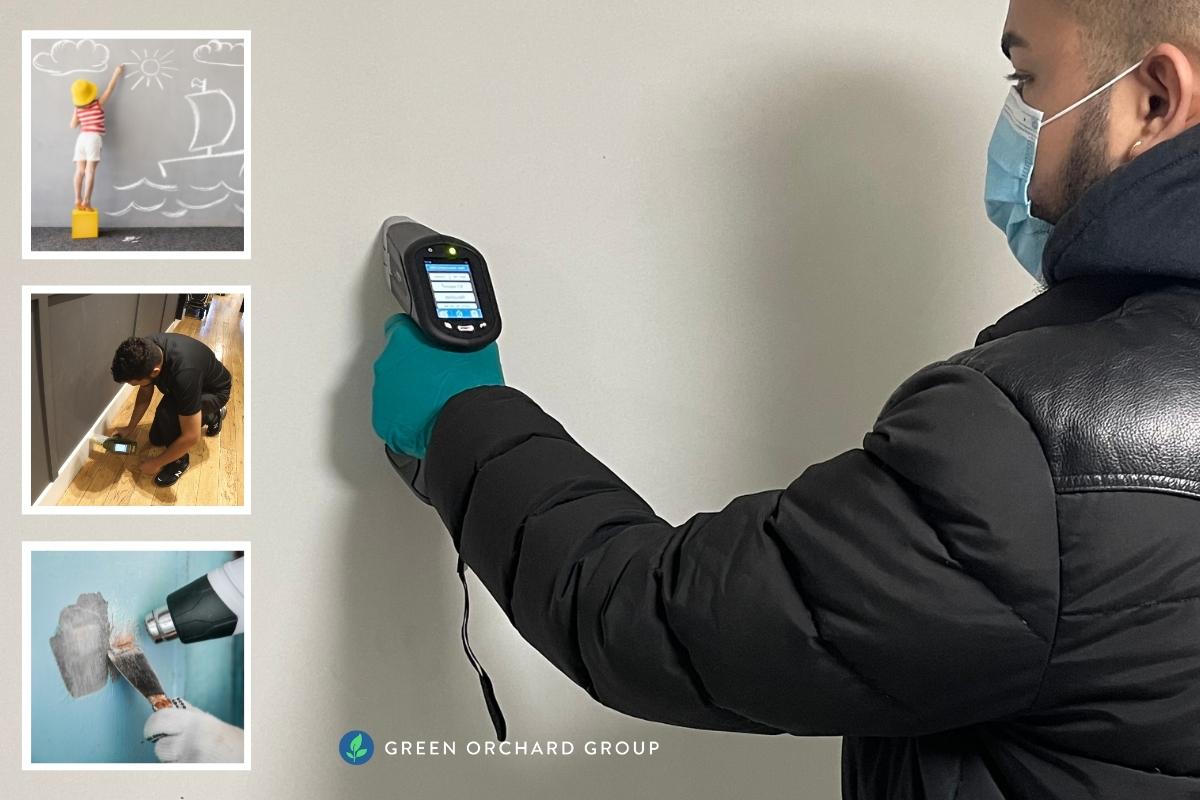
Local Law 31 of 2020 requires NYC landlords to have XRF lead inspections conducted by EPA-certified inspectors to test for the presence of lead-based paint before August 9, 2025, in addition to other updates and requirements.
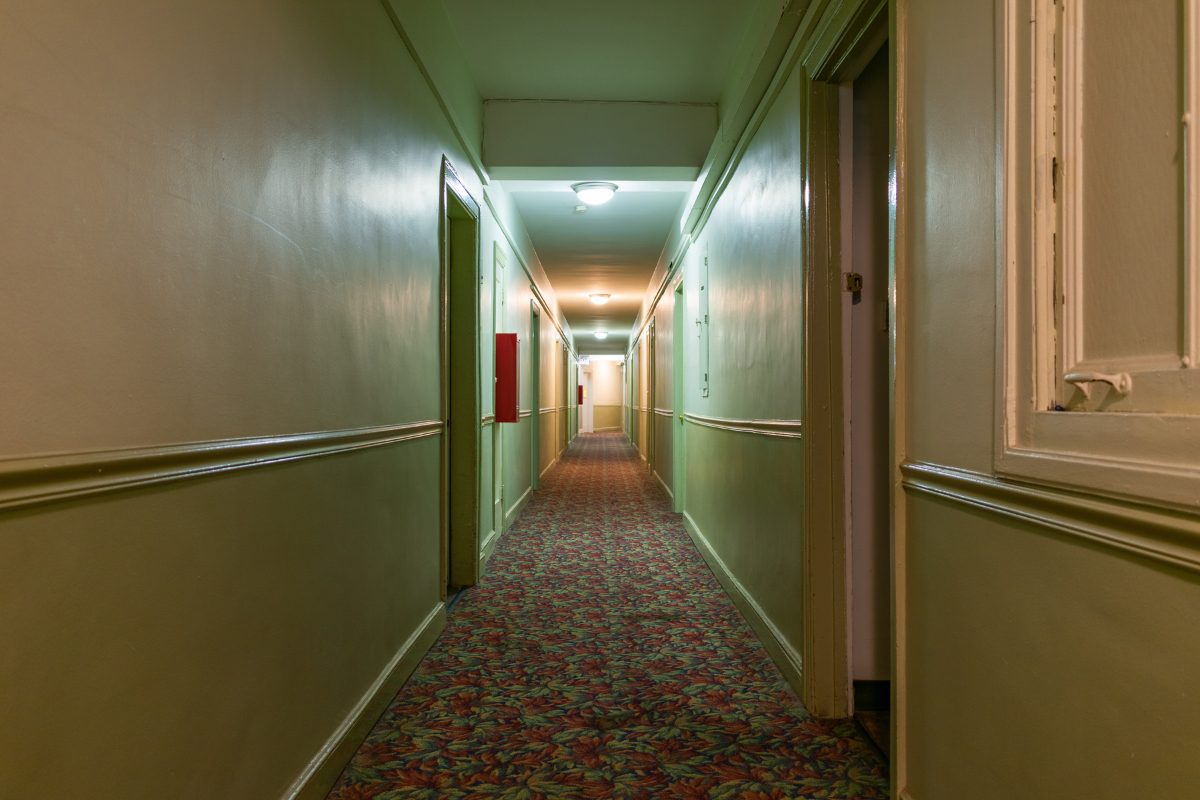
Here is a summary of Local Laws 111, 122, and 123 of 2023 and what building owners and property managers should know in order to stay compliant and avoid lead violations.
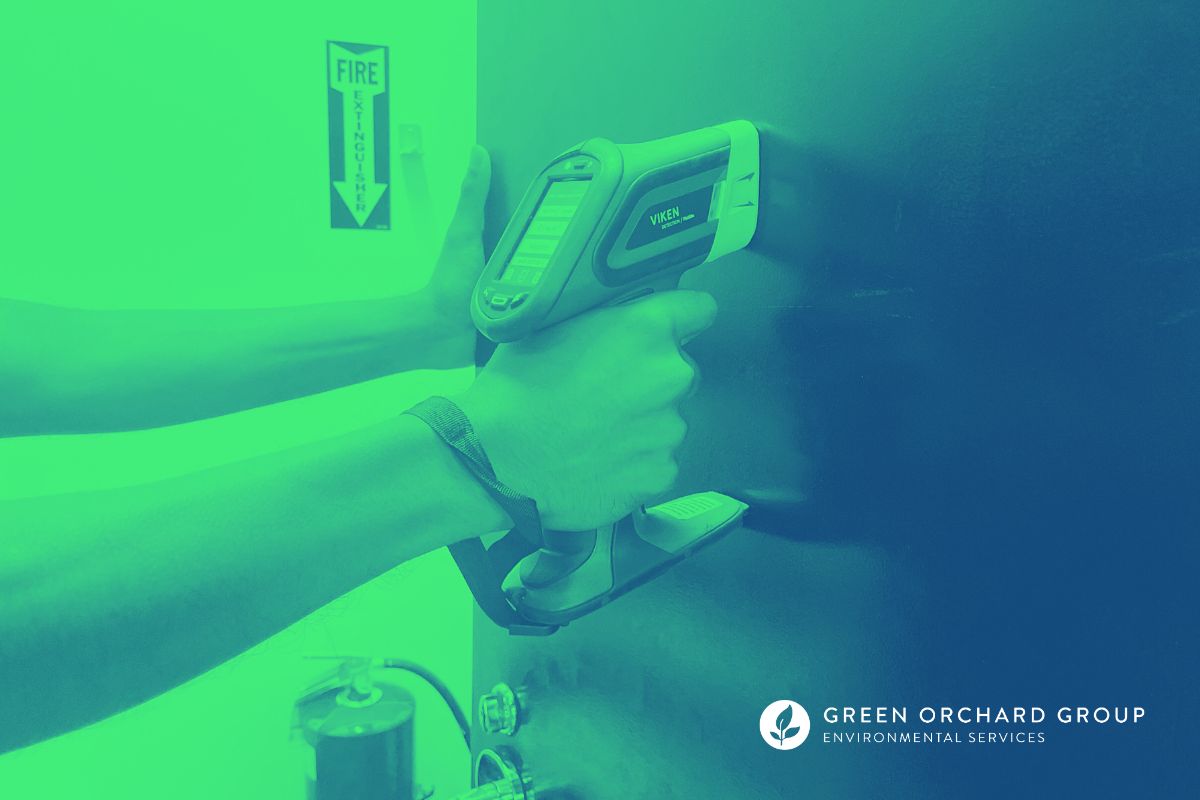
Here’s what landlords and property managers should know about the recently passed lead-paint laws in New York City: Intro 6-A, Intro 193, and Intro 200.
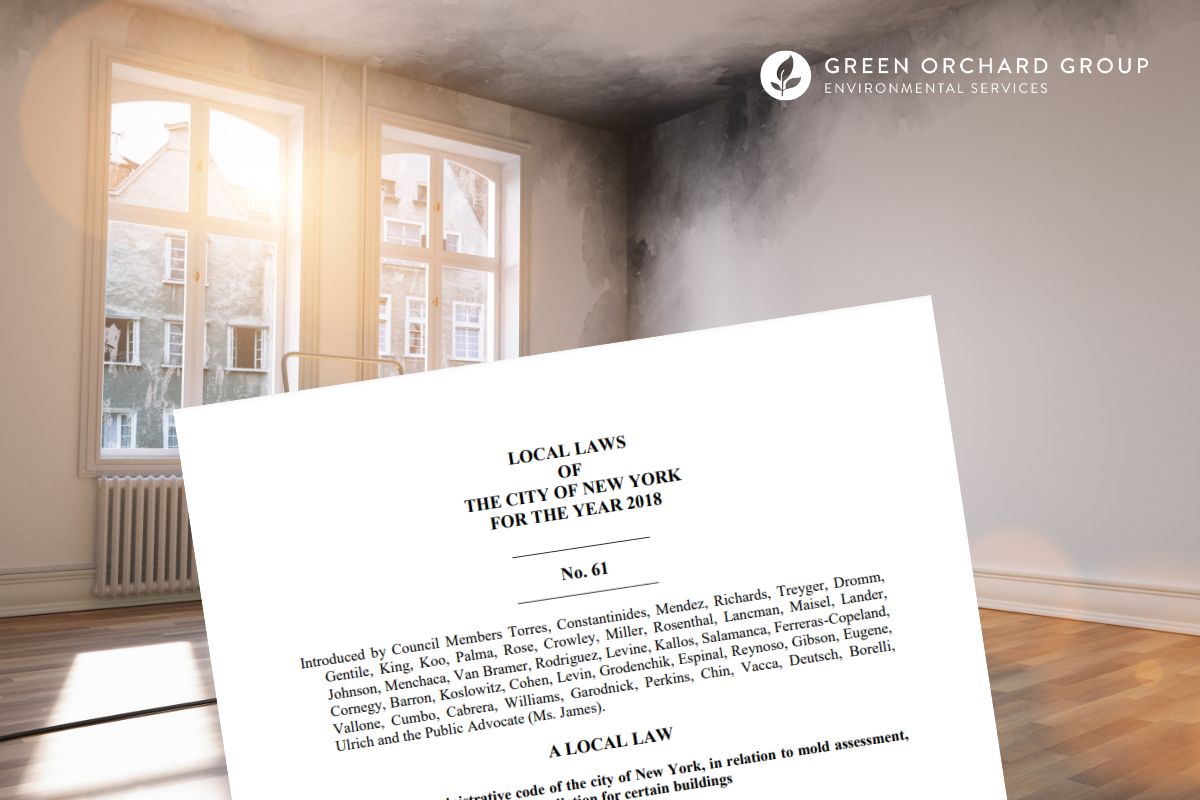
Local Law 61 of 2018 went into effect on January 2019 and introduced several important requirements for mold assessment, abatement, and remediation work to the New York City Administrative Code.
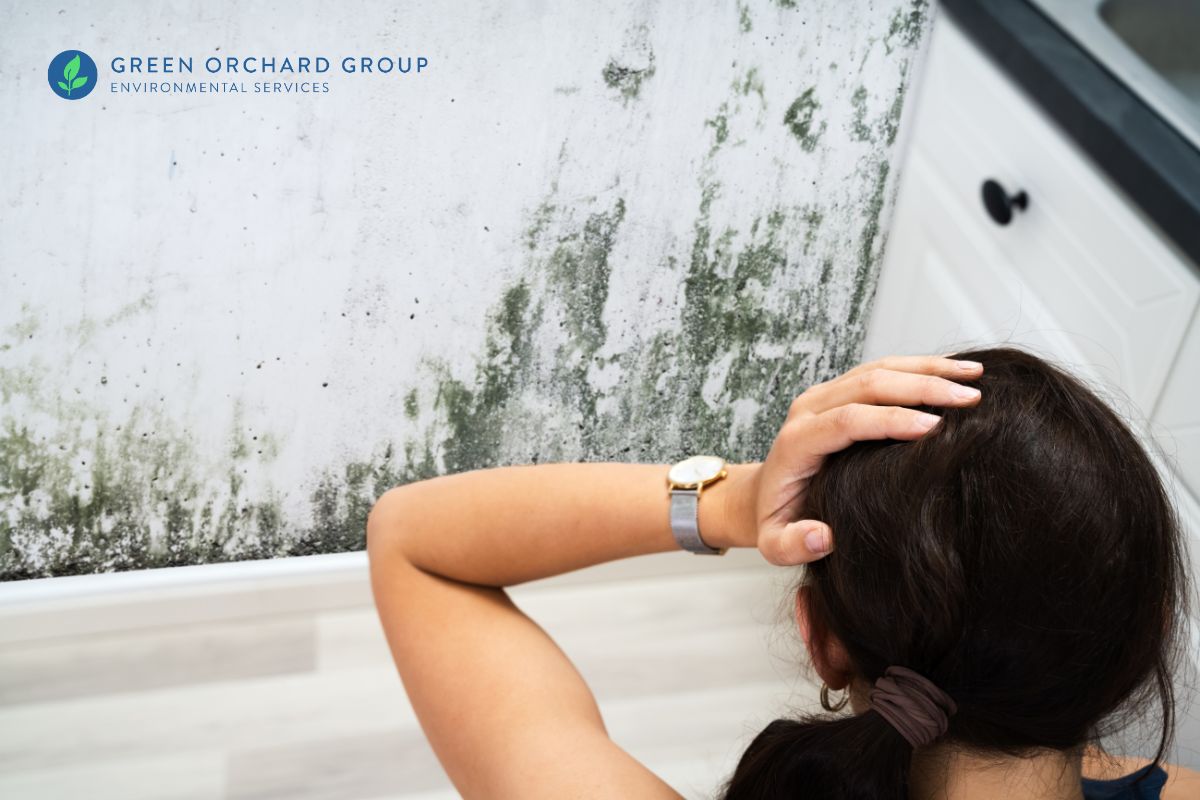
Mold remediation projects in New York City generally add up to thousands of dollars on average—even tens of thousands of dollars for large projects. So who is responsible for paying for mold remediation?
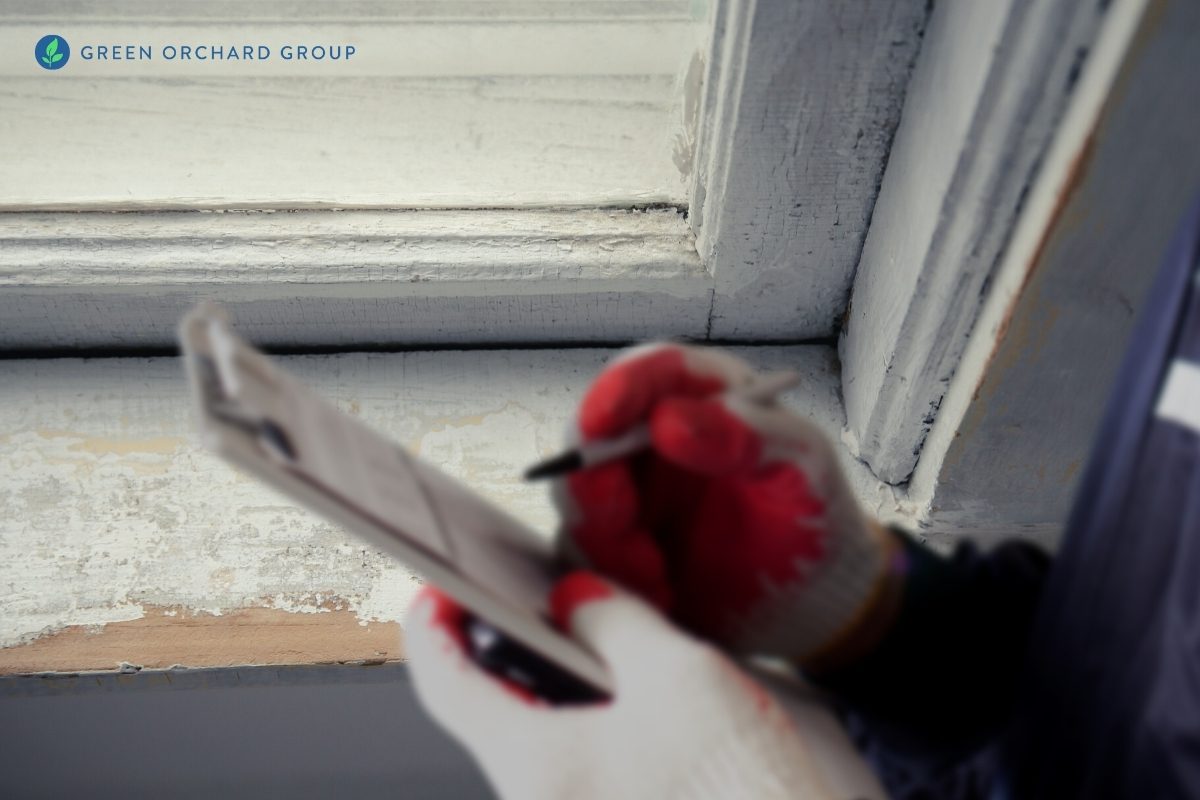
Have you received a notice of violation from HPD for a lead-based paint hazard? In this article, we’ll introduce the common types of lead-based paint violations issued by HPD, when and who they apply to, and how to properly correct and clear them.
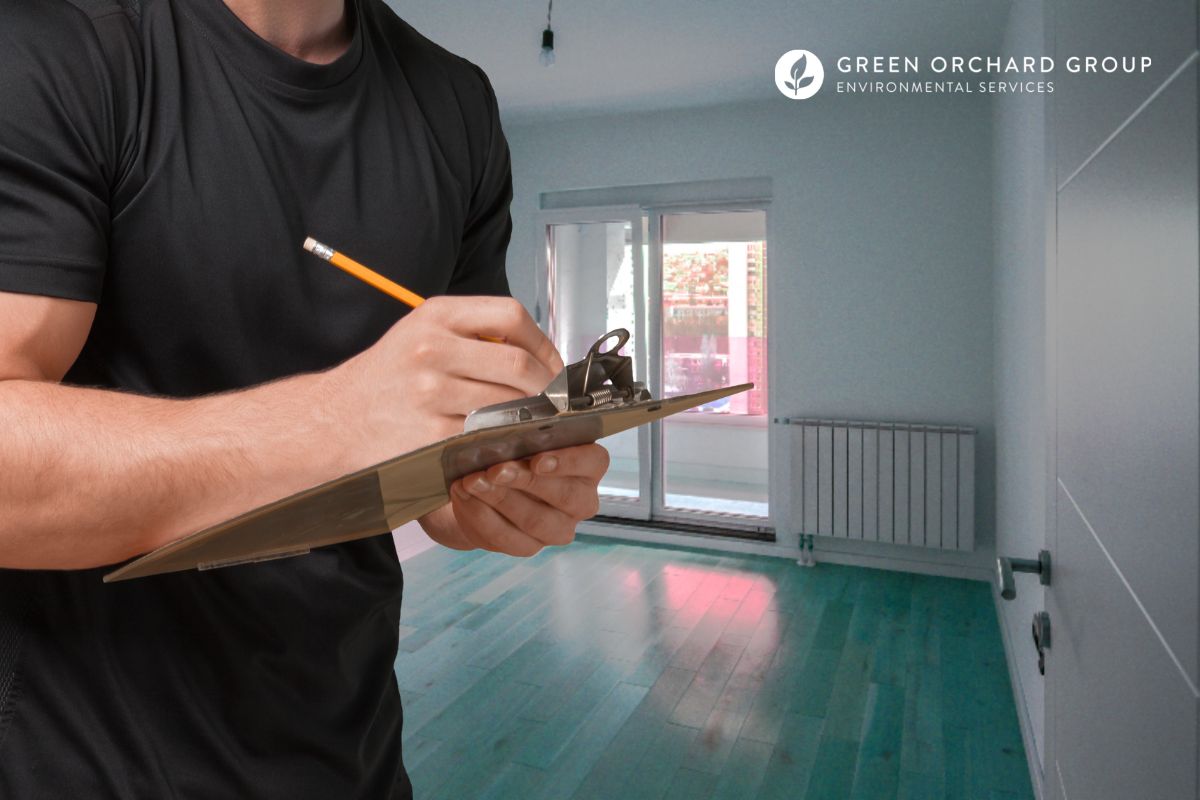
As a landlord in New York City, it is crucial to understand the requirements for lead-based paint testing and remediation at apartment turnover. Failure to comply with these regulations can result in significant penalties and harm to tenants’ health.

New York City’s Local Laws 1 and 55 require landlords to conduct annual visual inspections of tenants’ apartments for lead, mold, and pests. To help landlords that perform their own inspections, we put together these handy landlord annual inspection checklists.
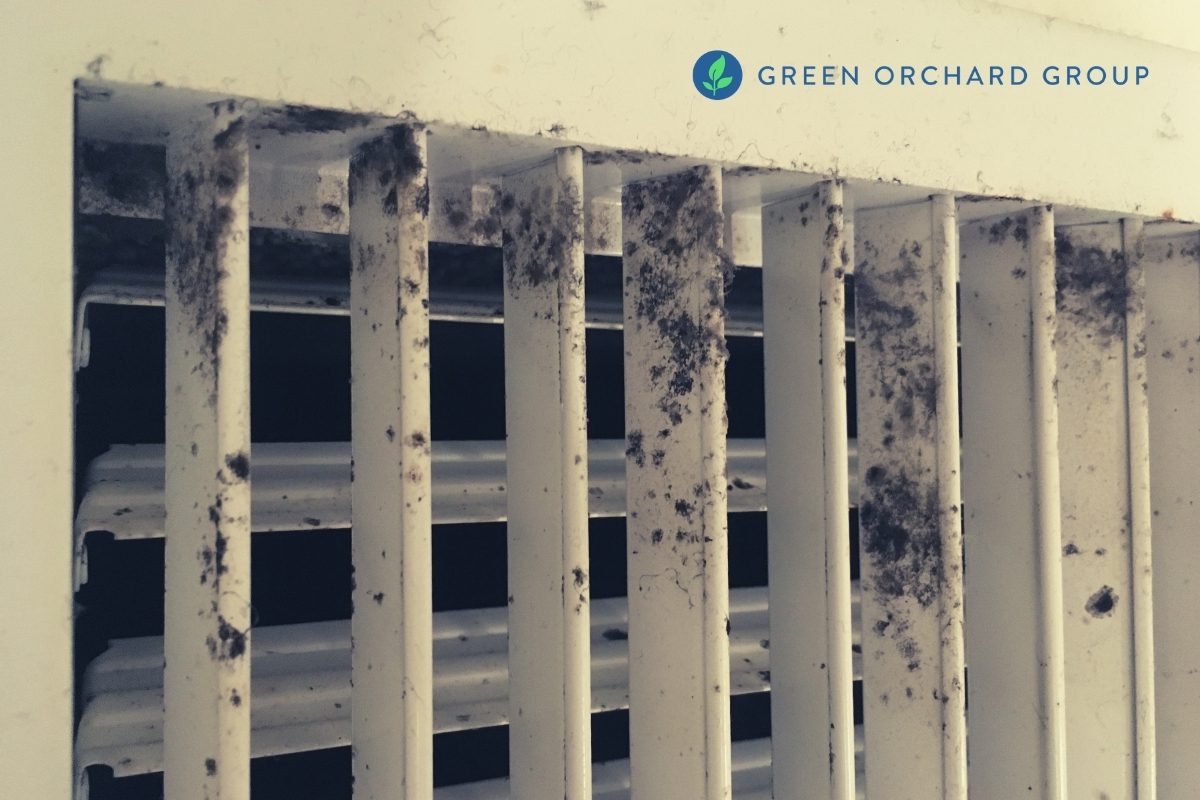
Seeing black spots around air vents or experiencing unusual allergy symptoms while indoors? These might be signs of black mold in air vents. In this article we explain what to look for and clarify some misperceptions about black mold.
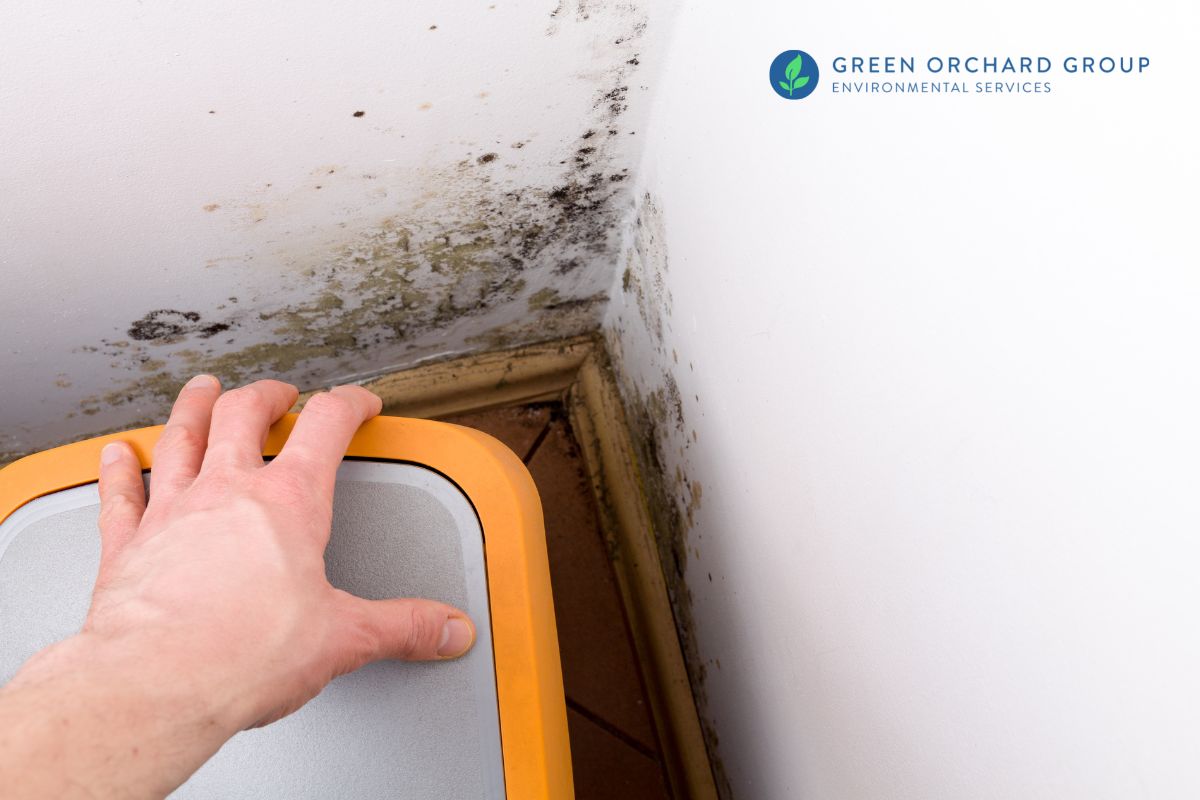
Mold, when it gets out of control, is hazardous to your home and property and should be taken seriously. Whether you own your own house or live in an apartment, it’s important to understand what causes mold and what to do about it.

Local Law 55 requires landlords to keep their properties clear of indoor health hazards like mold and pests that may cause or worsen asthma. This guide will inform you of your lawfully required duties under Local Law 55.
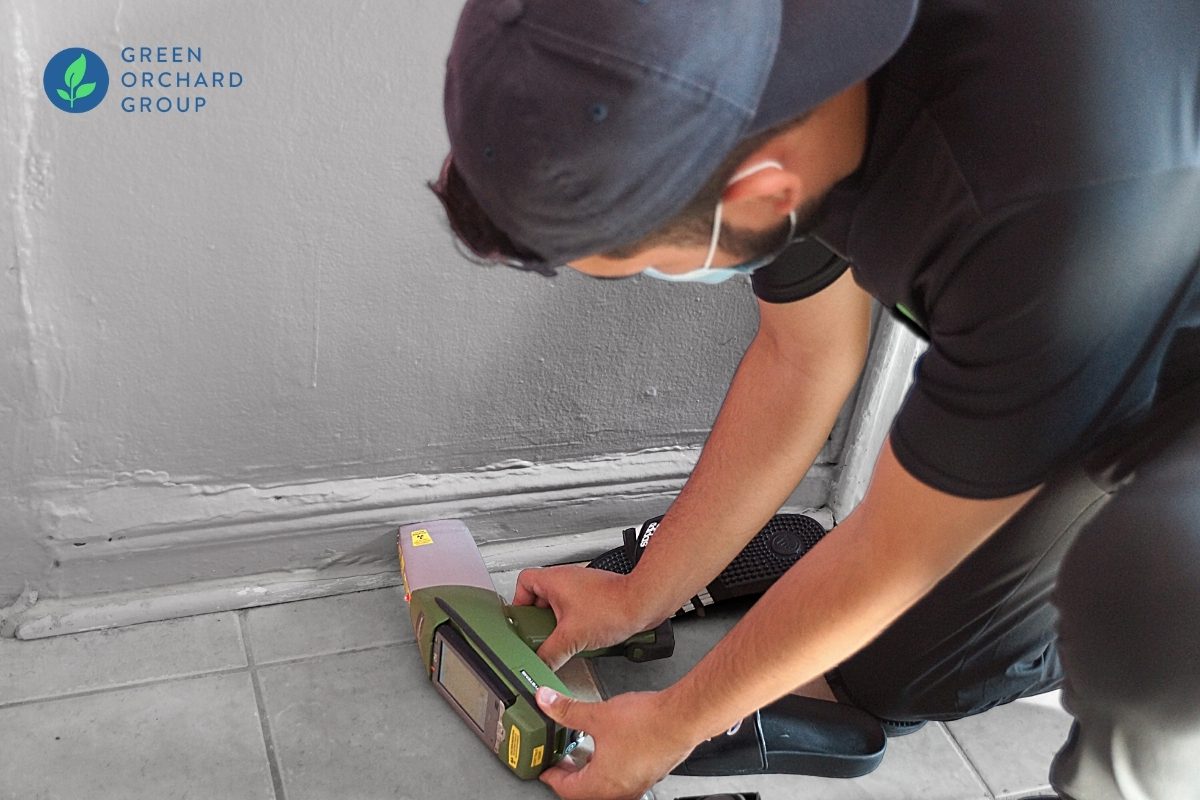
Are you renting, buying, or currently living in an apartment in NYC? Here’s what you need to know to protect your family and children from the risks of lead-based paint poisoning.
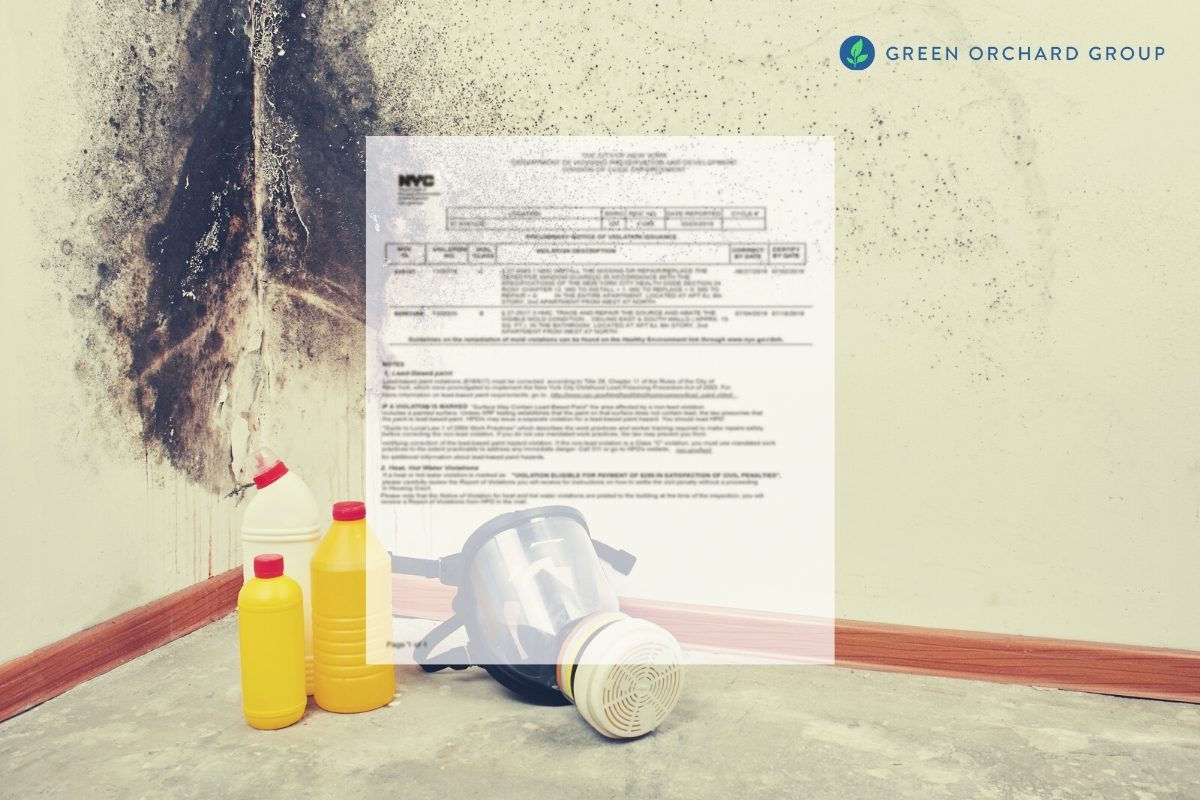
If you’ve received a notice of mold violation(s) from HPD for a building in NYC, follow the steps outlined in our infographic below to properly correct, certify, and clear the violation.
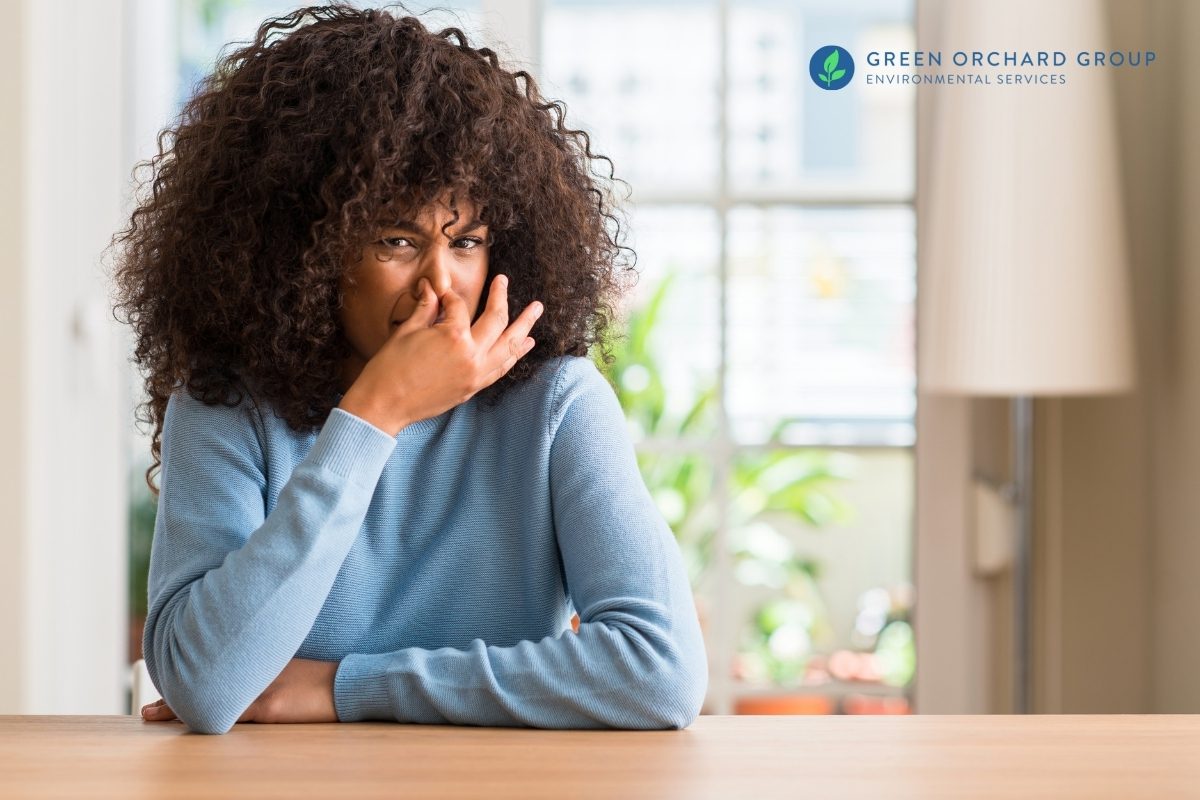
How can you tell if that weird odor in your room is from potentially toxic mold growth or just last week’s dirty laundry? In this article, we’ll break down what mold smells like and how to differentiate from other smells that are commonly mistaken for mold.
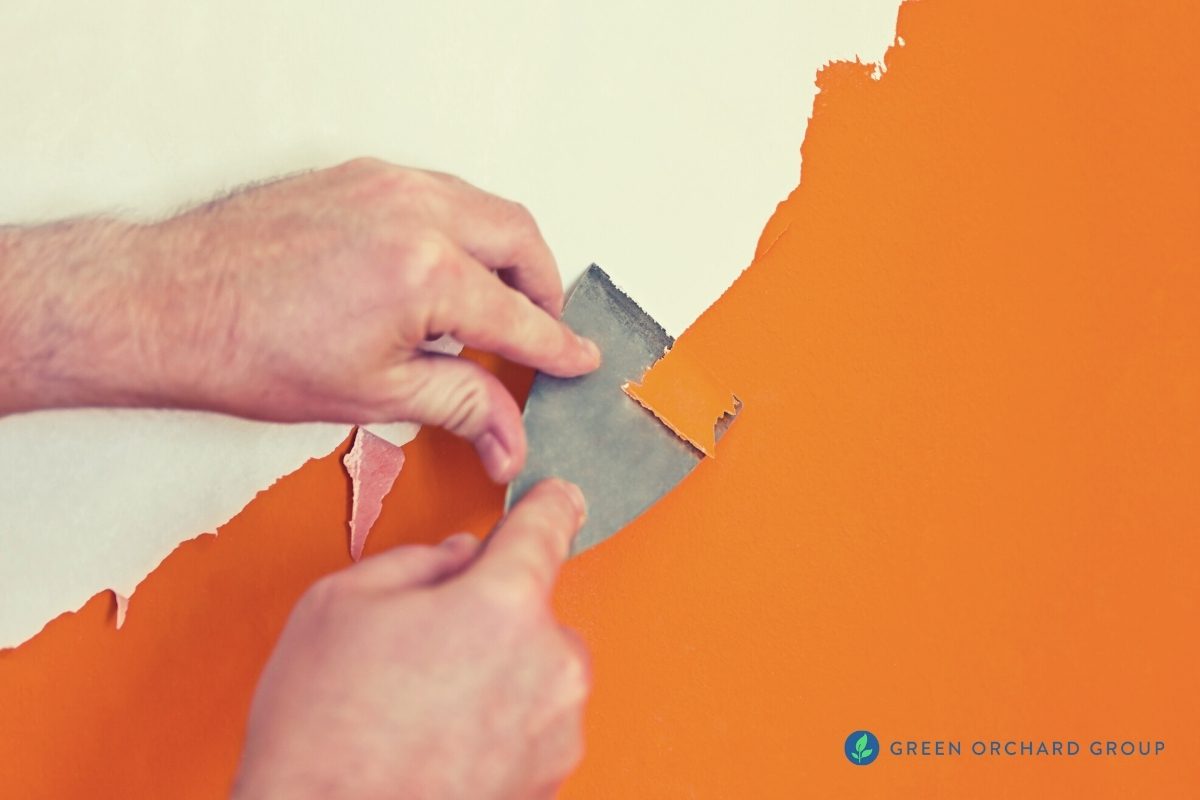
When a tenant is concerned about possible lead paint in an apartment in New York City, is the landlord responsible for removing the lead paint? The short answer is it depends. Here’s what landlords and tenants should understand about lead paint responsibility in NYC.
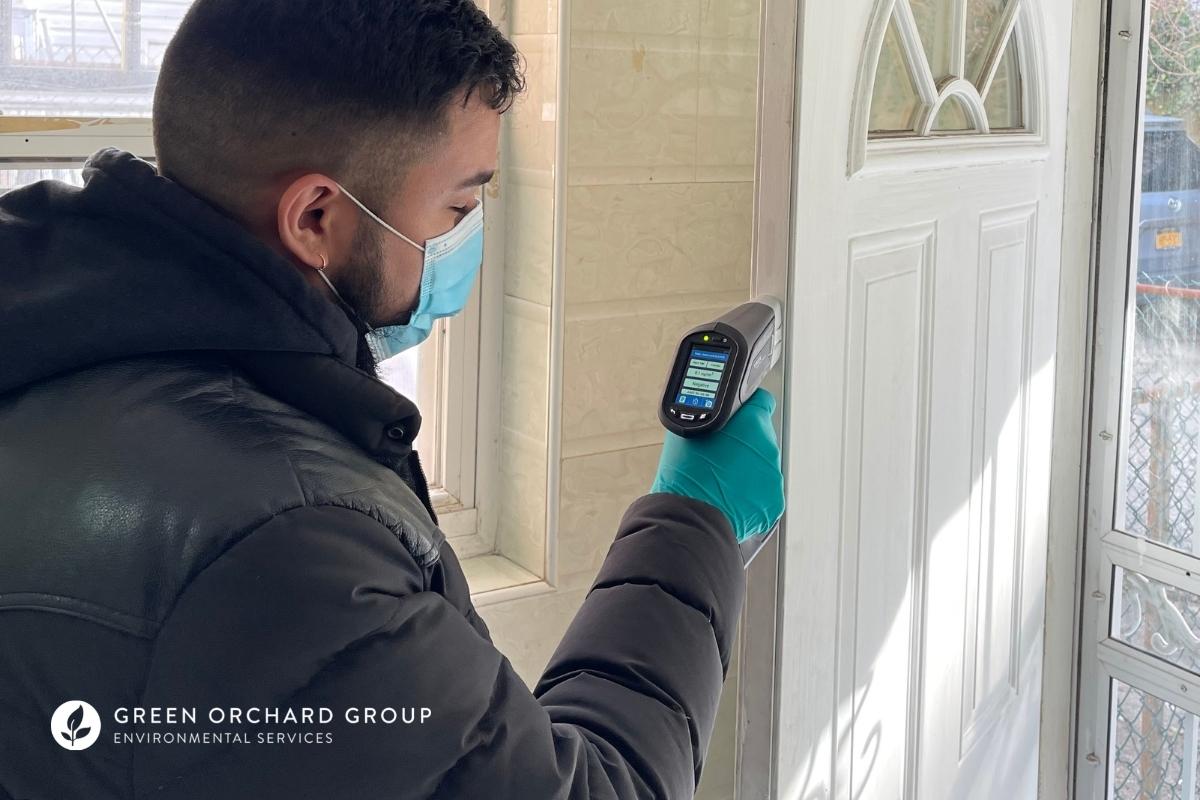
The term “lead-based paint hazard” refers to lead-contaminated paint that is deteriorated or present in accessible surfaces, friction surfaces, or impact surfaces. In other words, whether or not lead paint is a hazard depends on its condition and location.
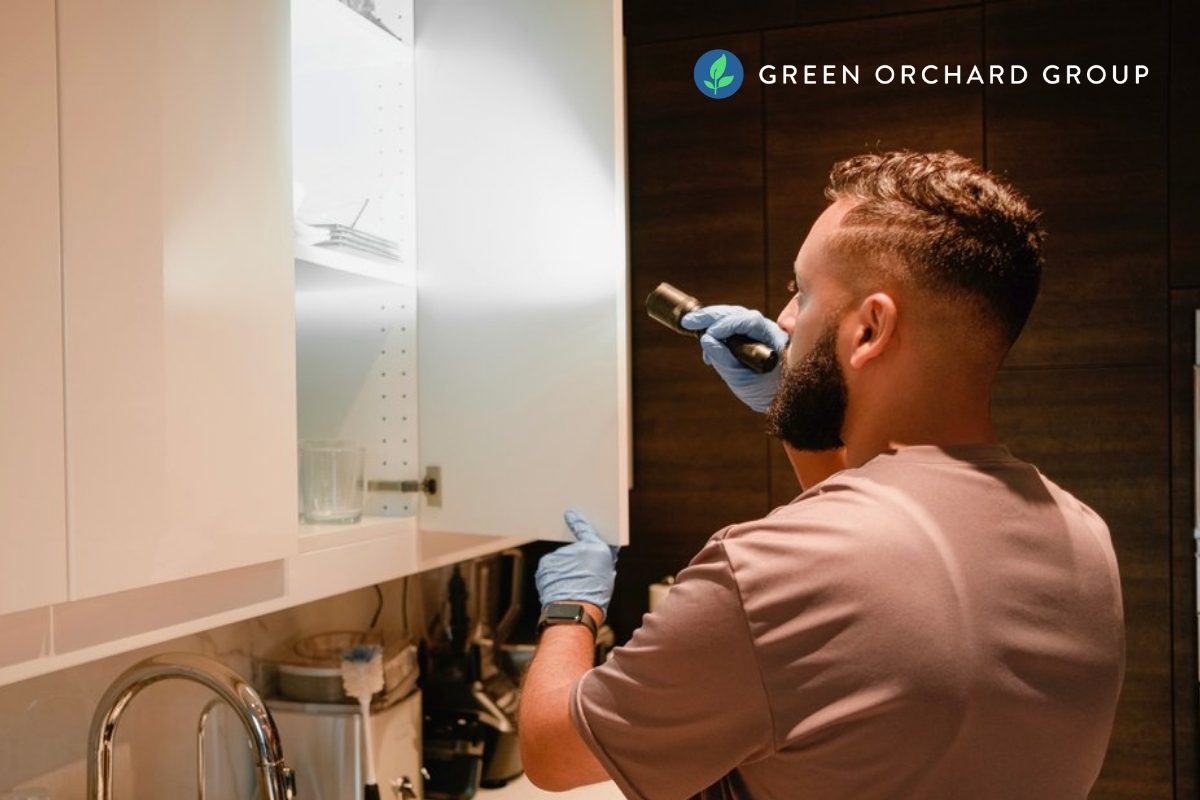
Local Law 55 of 2018 requires all multiple-dwelling property owners in NYC to investigate and remove indoor allergen hazards, specifically the presence of mold, rodents, and cockroaches, as well as the conditions which can lead to the occurrence of these hazards.
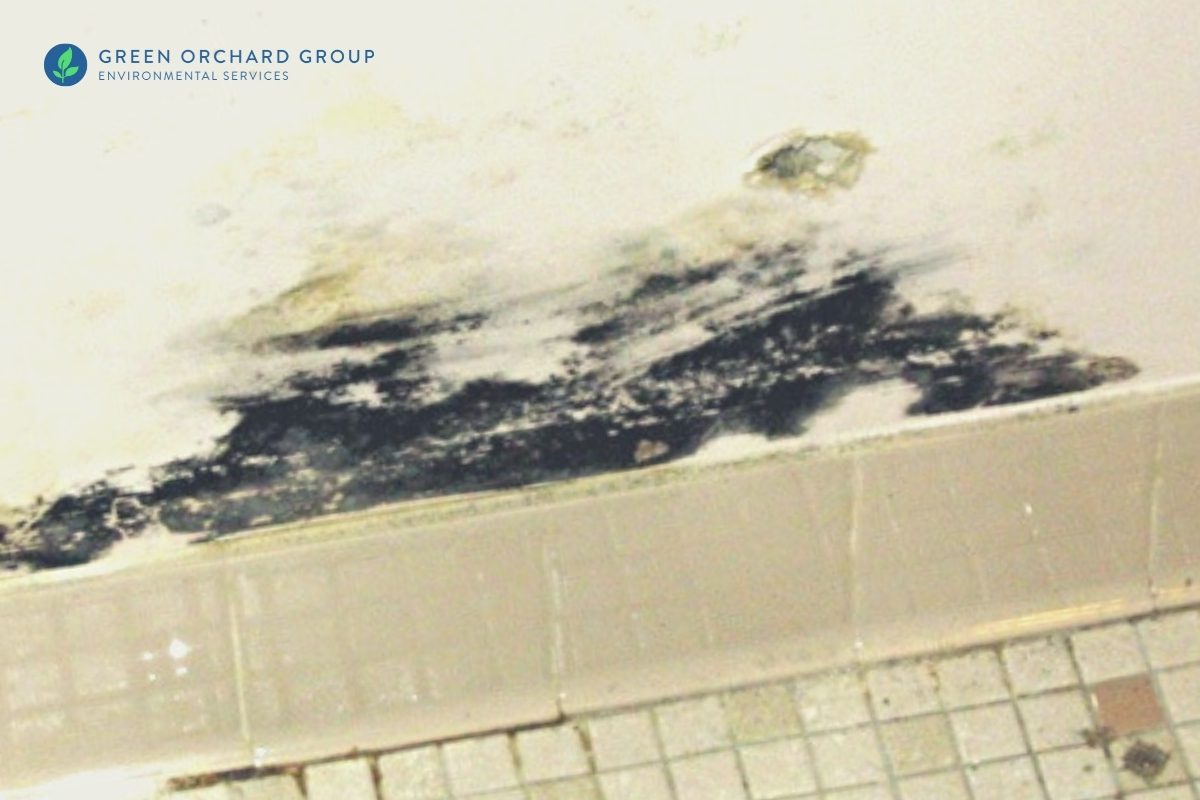
Concerned about black mold in your home after a leak or water damage? In this article, we provide an introduction to black mold (Stachybotrys chartarum) and some pictures of what it can look like.
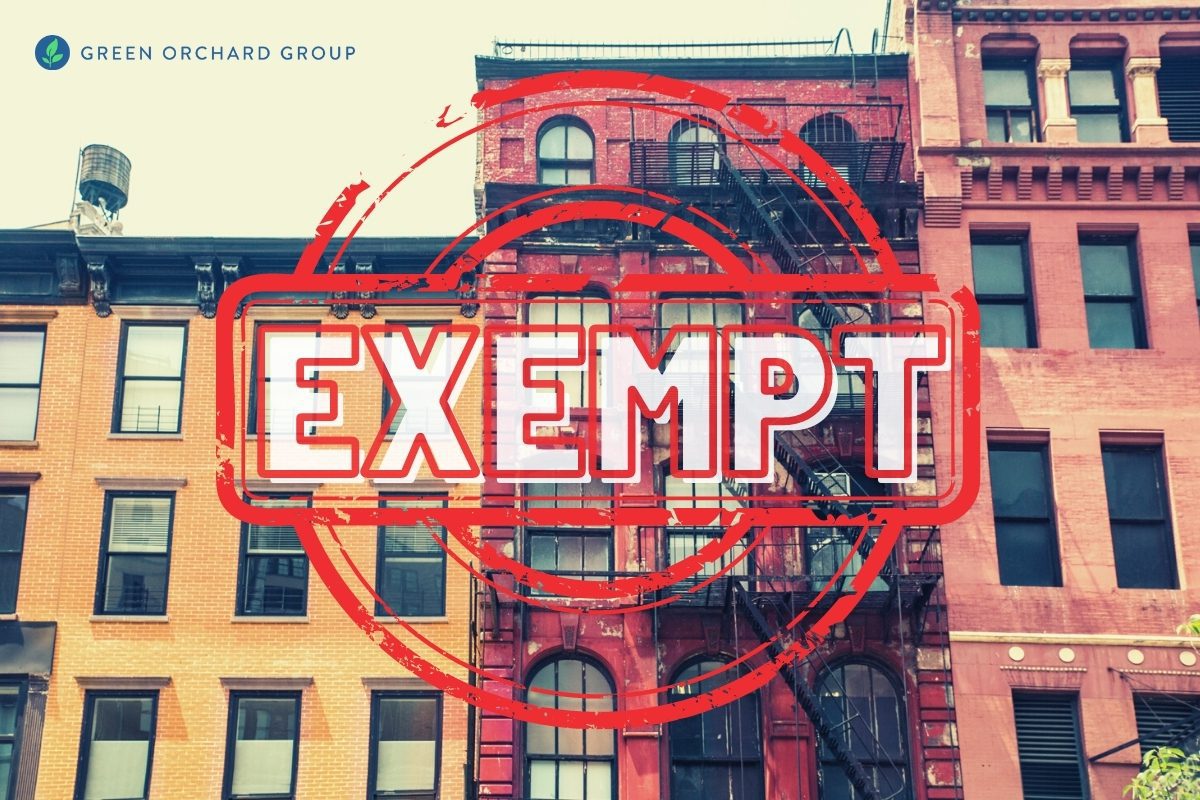
As a landlord or building owner, getting an HPD lead exemption can significantly lower your lead disclosure and investigation requirements under Local Law 1 of 2004. Here’s everything you need to know in order to apply for Lead Free or Lead Safe exemptions in New York City.
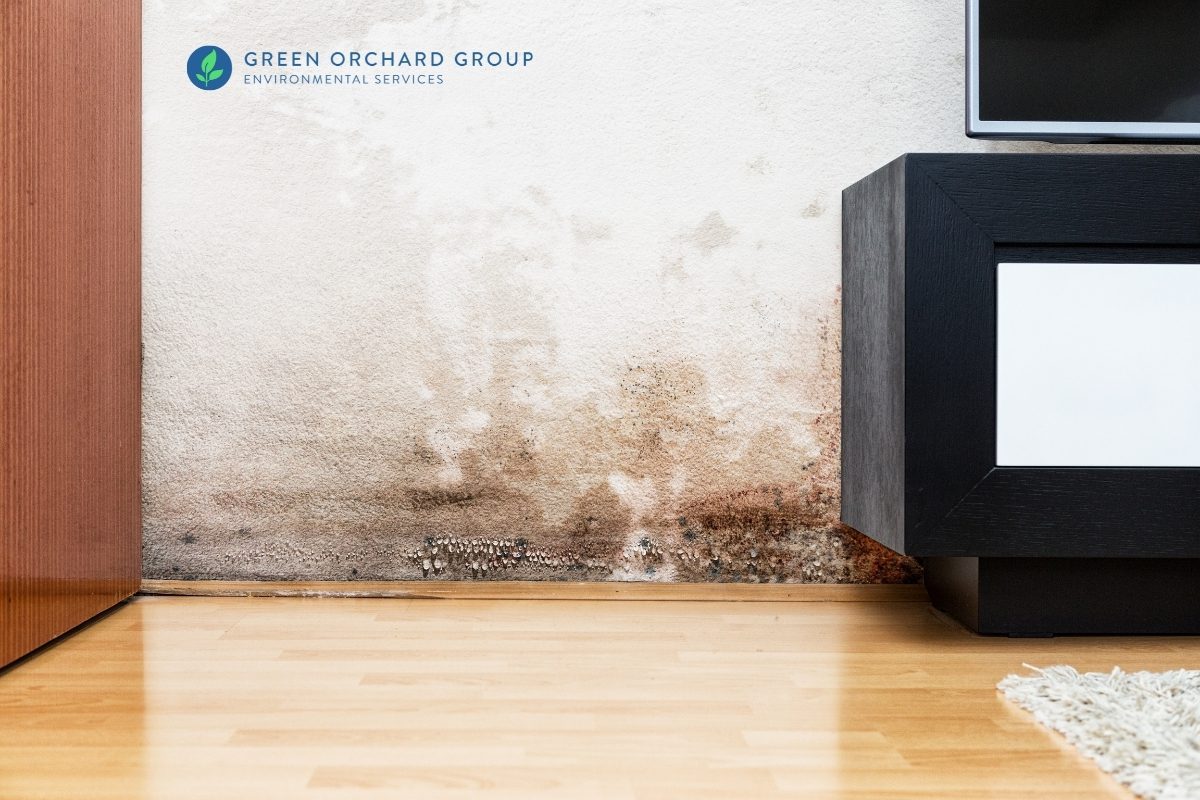
Don’t let your guard down after experiencing a flood or leak, because hidden amid the aftermath is the invisible threat of mold in your home. Here’s what you should know about mold inspection, remediation, and removal in New York City.
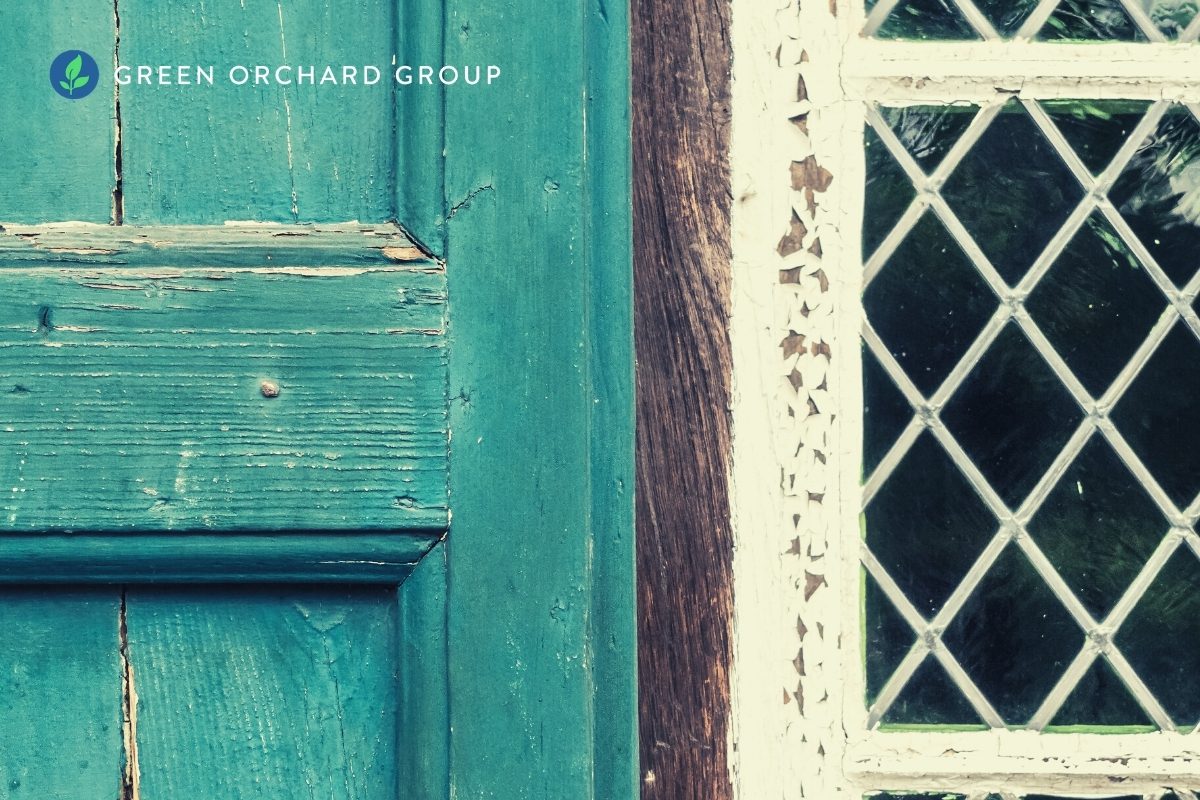
If you’re living in, purchasing, or renovating an old home, you might be concerned about you or your family being exposed to lead paint. In this article, we’ll discuss how to identify lead paint in your home and what you can do about it.
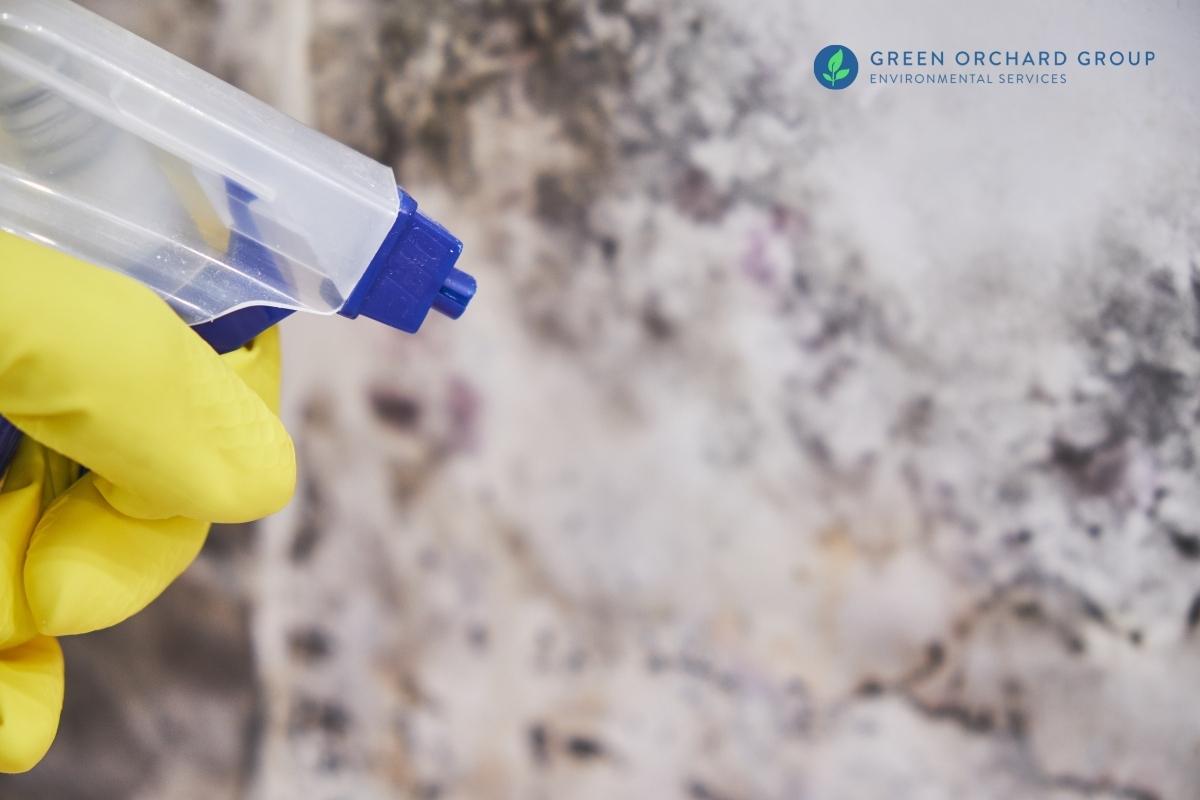
Trying to clean up mold in your home? After you’ve fixed the moisture issue and dried the area completely, here’s a list of household products that can help you kill and remove mold.
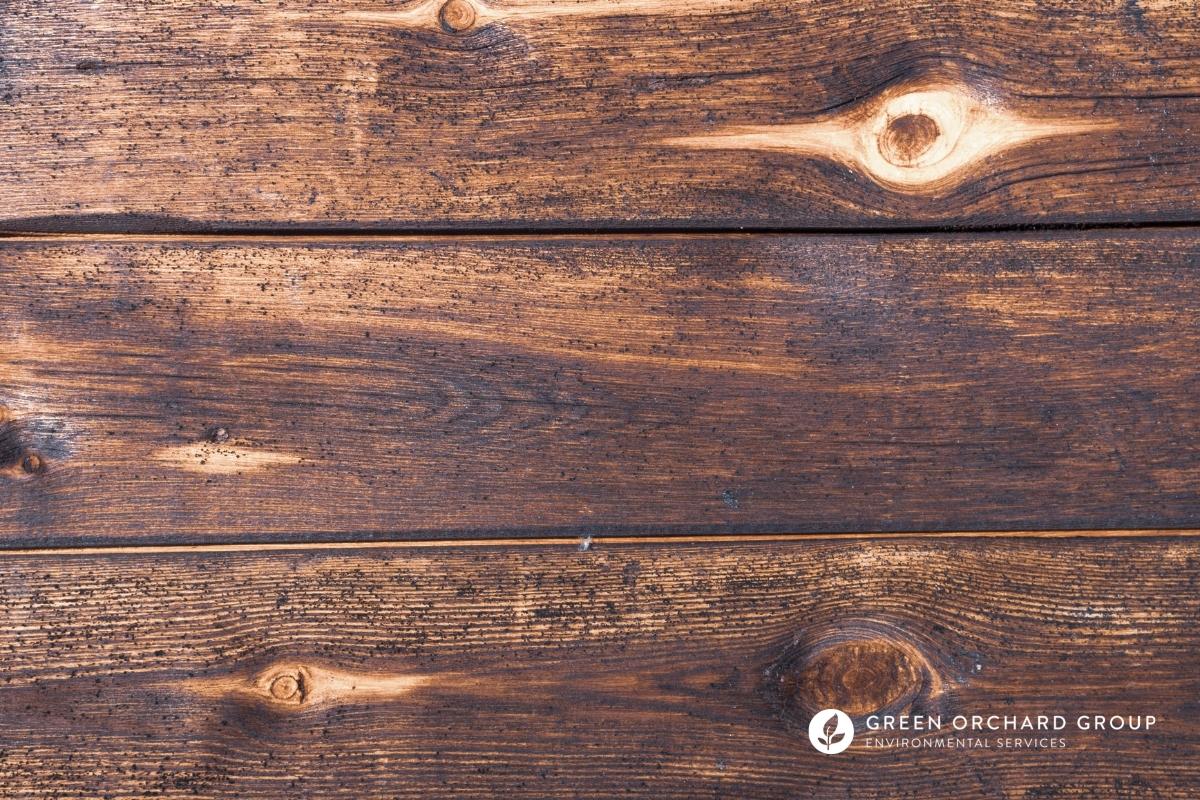
Once mold starts to grow on or underneath your flooring, it can cause staining, buckling, or even cause parts of your floor to rot. Here’s what you can do to find out if you have mold on your floor and how to remove it.
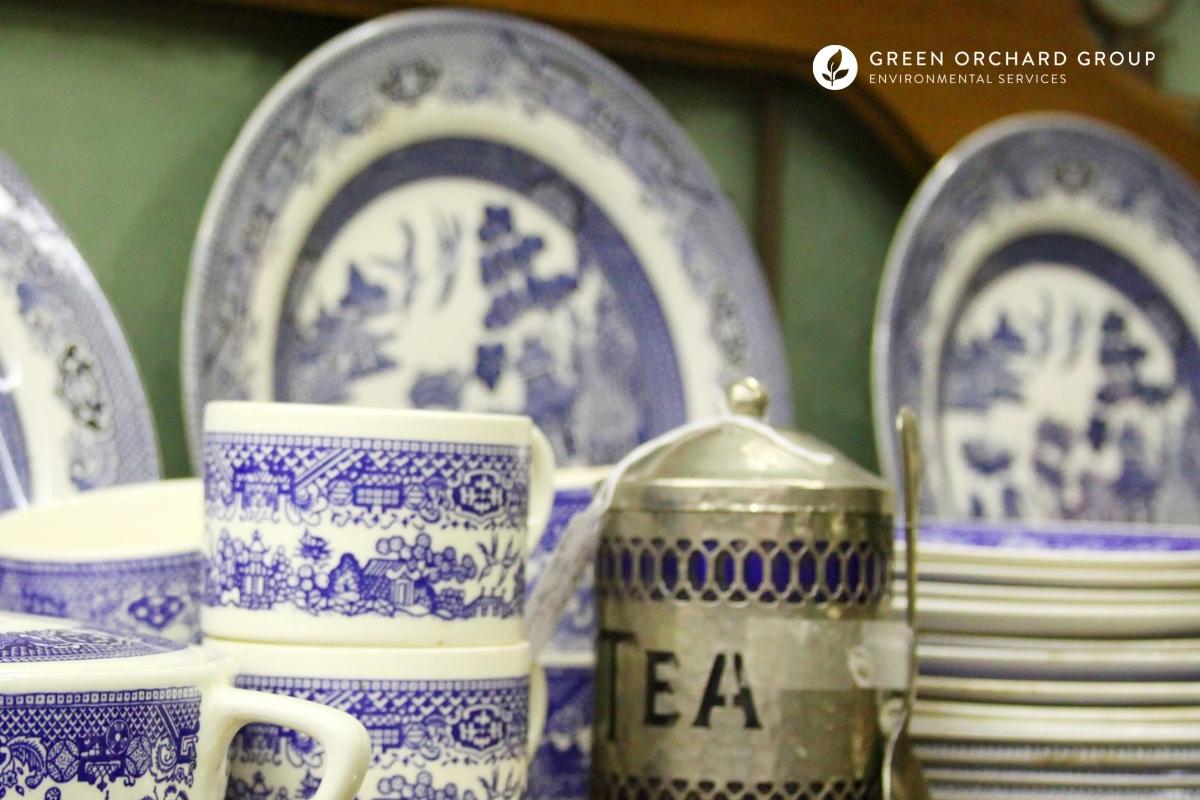
For most people, dishes don’t post a significant risk of lead exposure. But in some cases, lead contained in old dishes, ceramics, and other types of tableware or cookware may leach into food or drink, potentially resulting in health problems associated with lead poisoning.
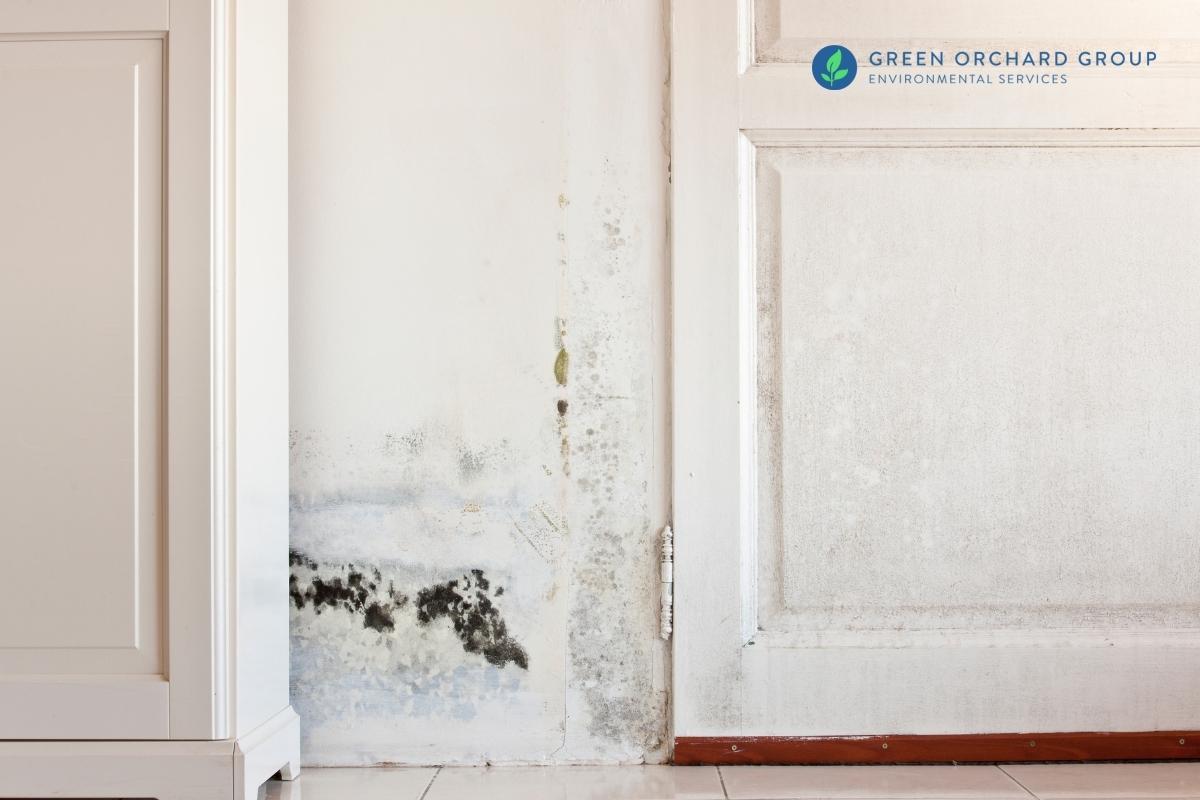
Mold can be a serious environmental health hazard in your home. When allowed to grow unchecked, mold produces allergens, irritants, and — depending on the species — potential toxins. If you suspect that you might have mold in your home, here are 7 warning signs to look out for.
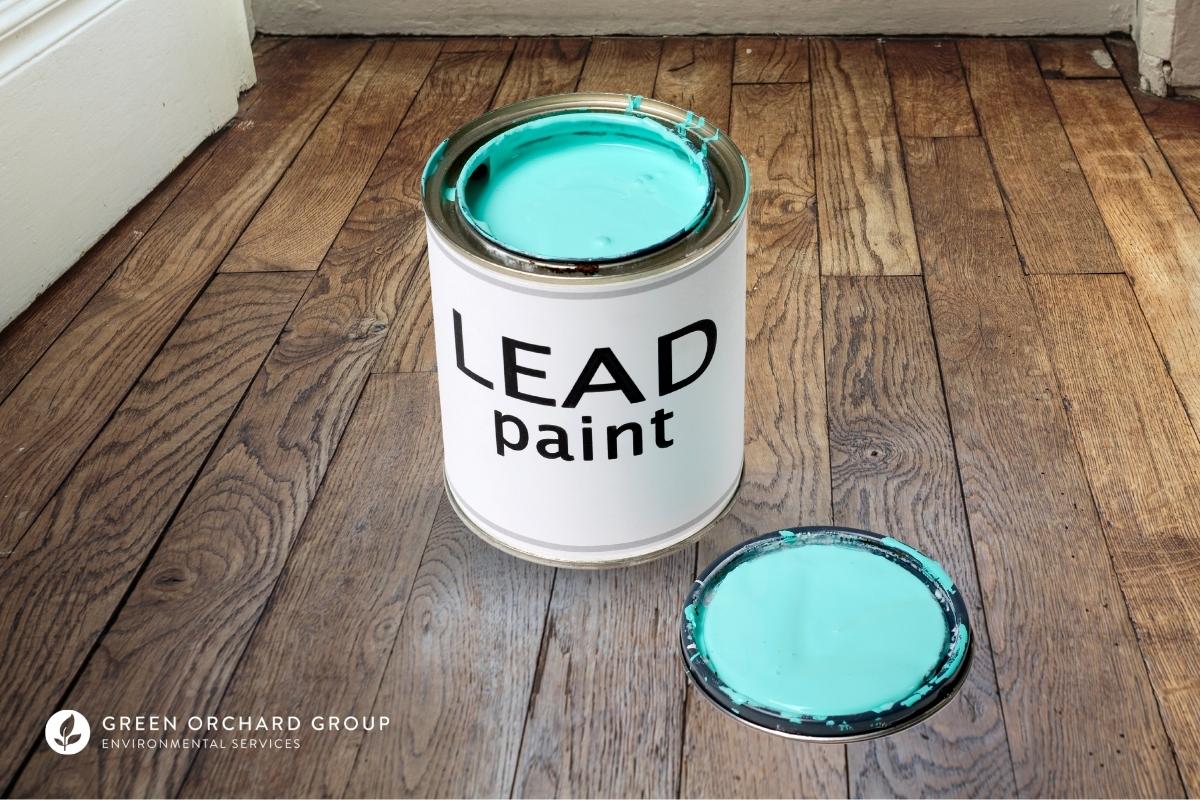
Use of lead paint in residential homes and buildings was banned in New York City in 1960, New York in 1970, and the United States in 1978. So why is lead paint still such a huge problem today, especially in places like New York City?
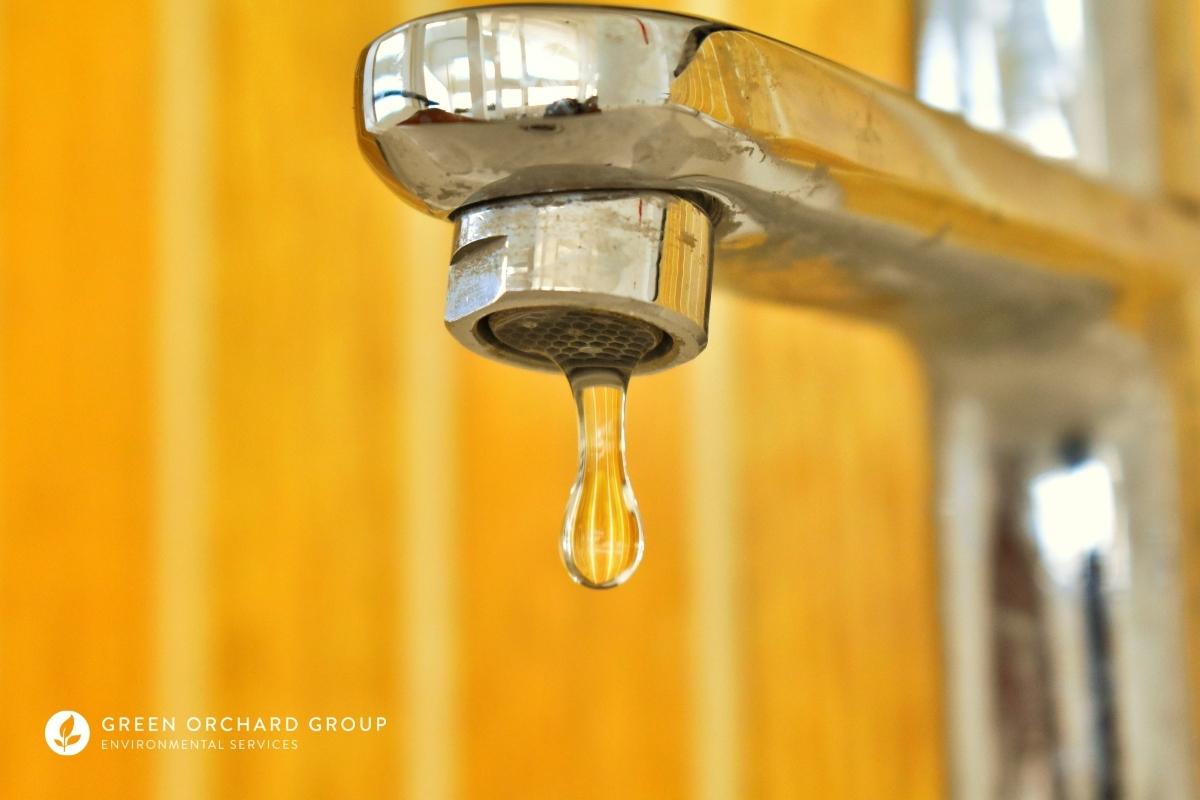
Lead is a toxic substance that can be found in contaminated drinking water and may lead to serious health consequences. If you live in NYC, here’s how to request a free lead water test kit and use it to test for lead in your drinking water.
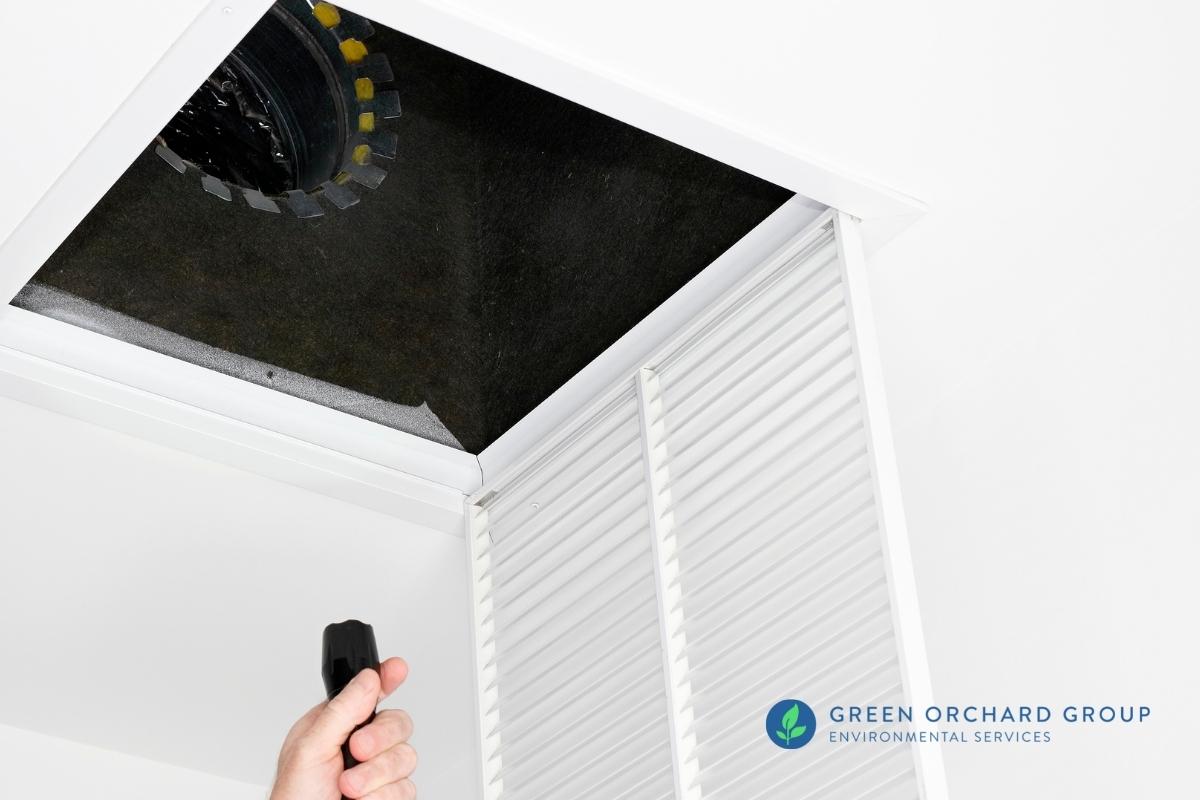
A pre-purchase mold inspection involves having a licensed mold professional do a comprehensive investigation for any possible areas of mold, as well as any conditions that can lead to mold growth in the future.
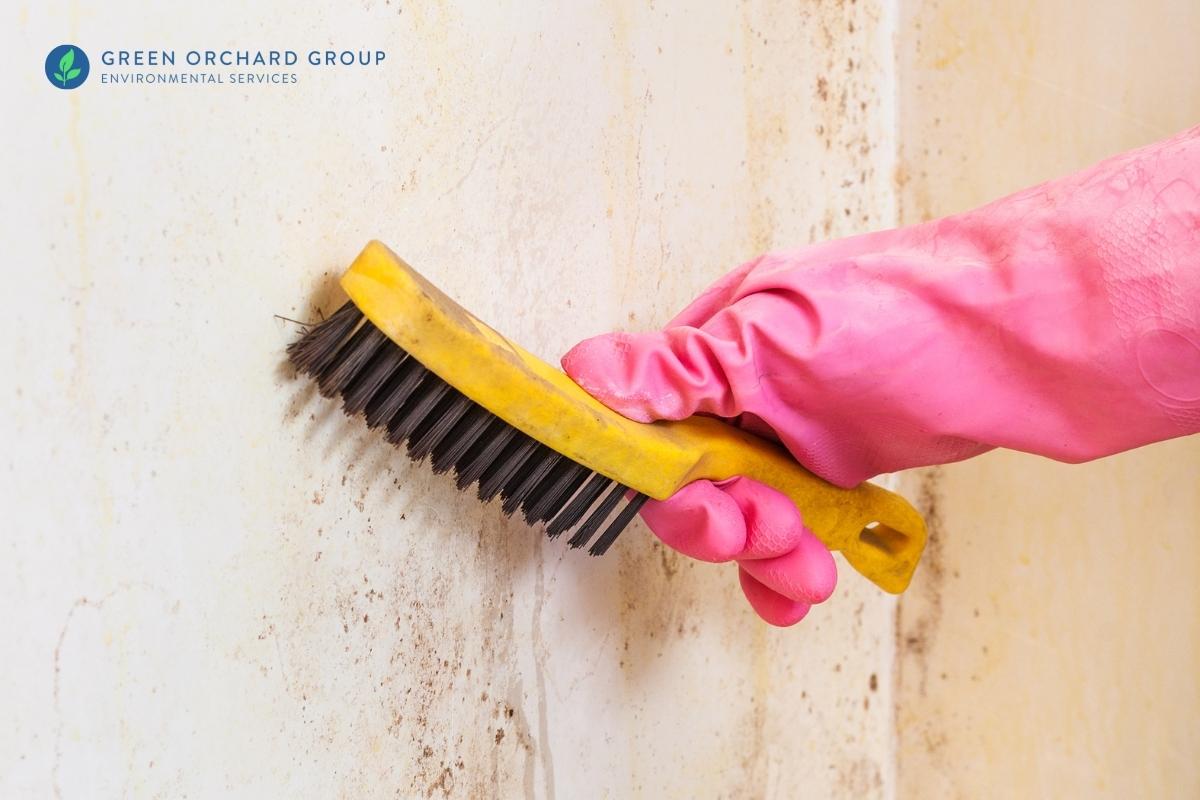
Mold on wood can cause unsightly stains, strange odors, and respiratory symptoms related to allergies or asthma. In this article, we’ll explain when DIY mold removal is appropriate and how to remove mold from wood safely.
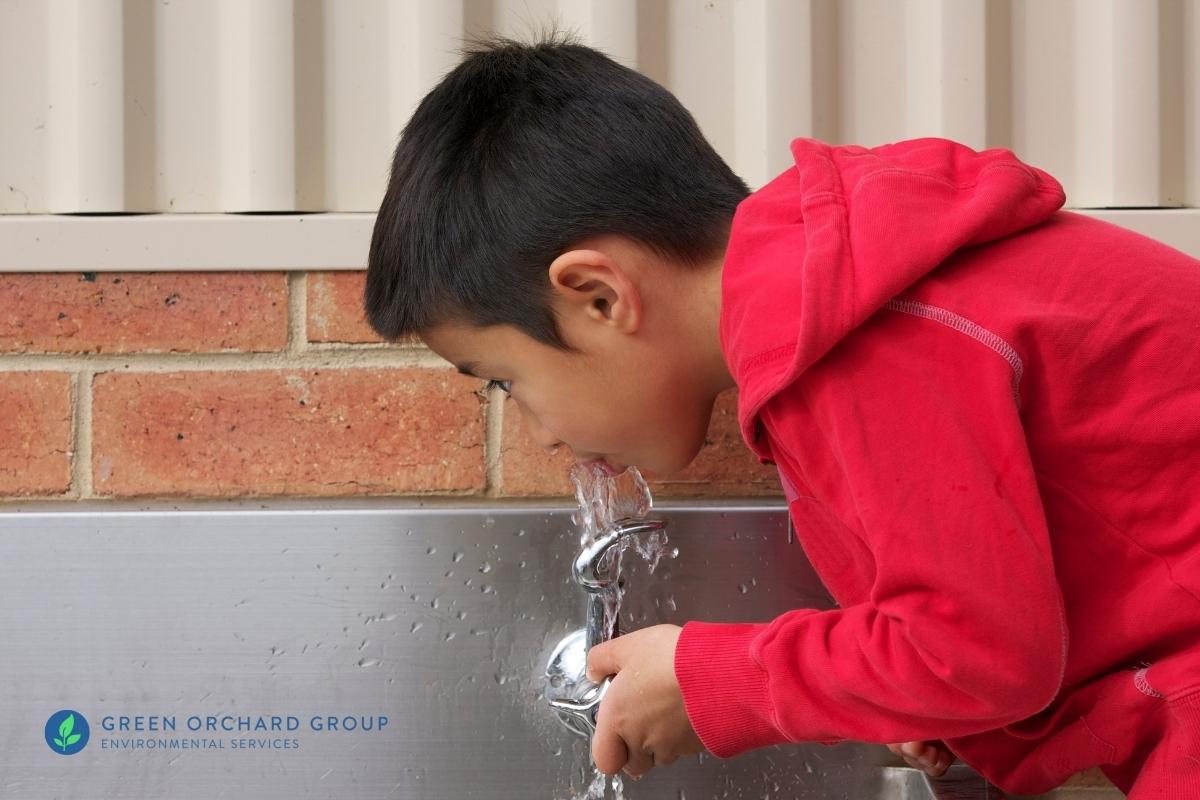
10 NYCRR Subpart 67-4: Lead Testing in School Drinking Water went into effect in 2016 and requires schools to test drinking water for lead contamination. Corrective action must be taken if the amount of lead detected exceeds the action level threshold.
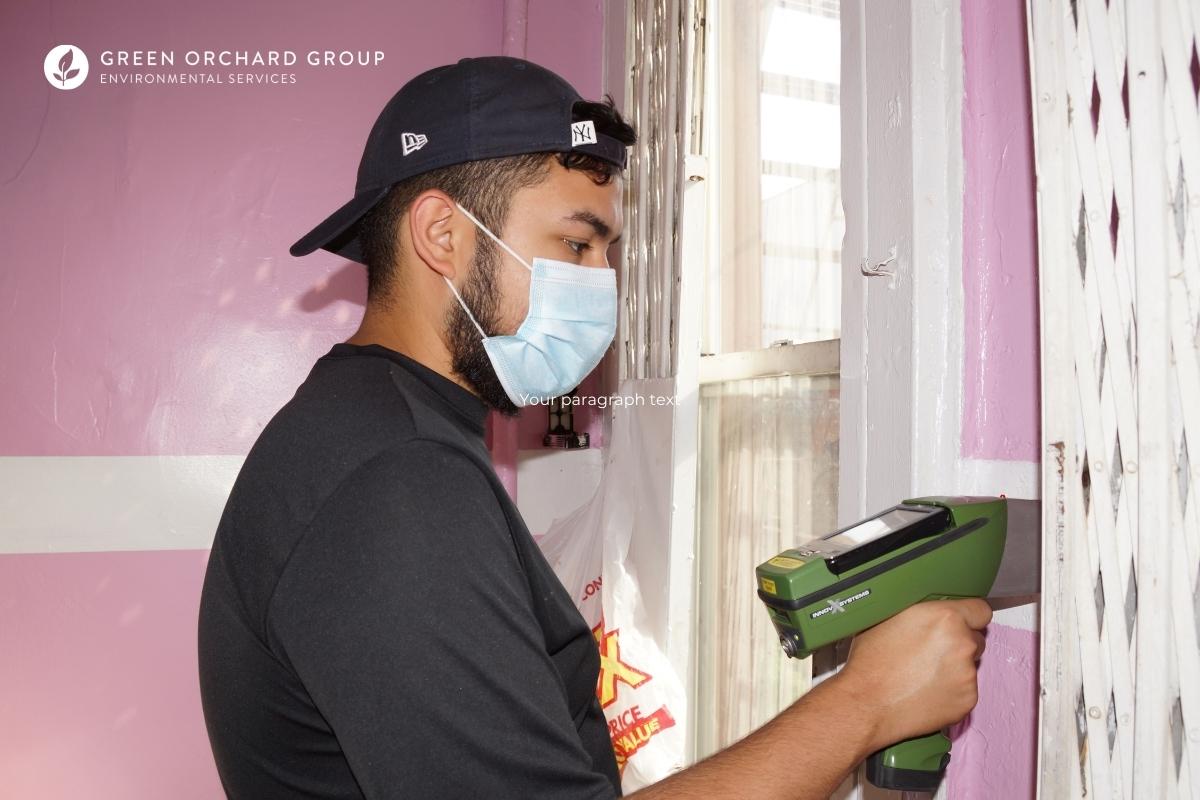
Lead-based paint is a common environmental hazard with serious health consequences, especially for young children. There are 3 methods to test for lead paint: lead test kits, x-ray fluorescence (XRF), and paint chip sampling.
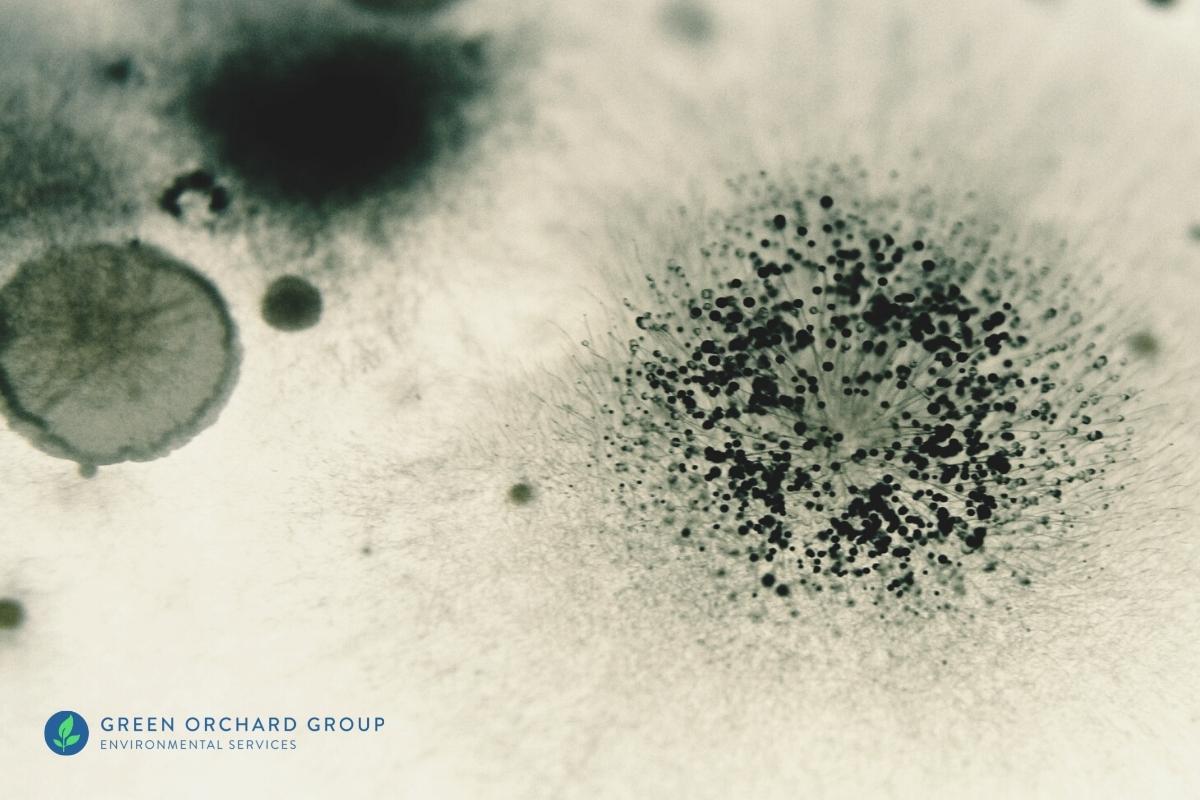
Concerned about the health effects of mold spores in your home? While it’s not feasible to maintain a completely sterile environment, here are some ways to significantly reduce the amount of mold spores in the air in your home.
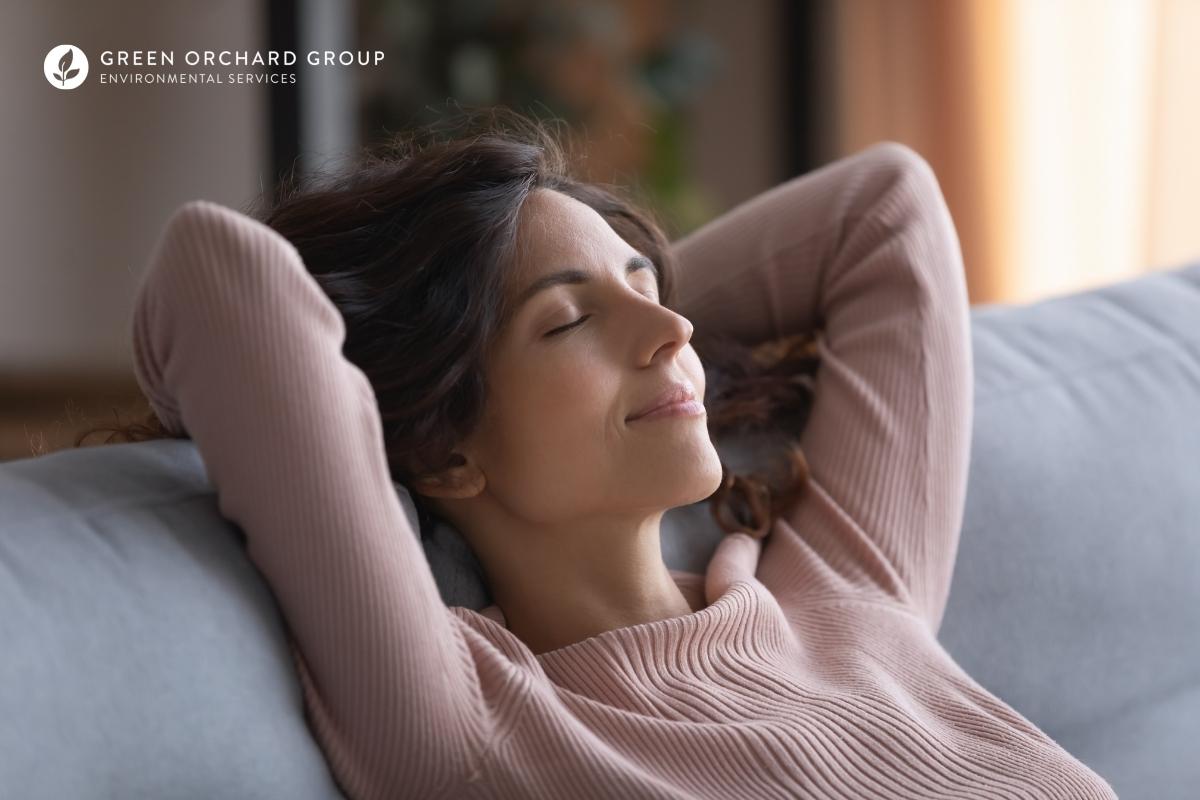
A decrease in ventilation and increased reliance on heating systems often results in an accumulation of indoor allergens like dust mites, pet dander, and mold spores. Here are 8 way to help you improve the indoor air quality in your house or apartment.
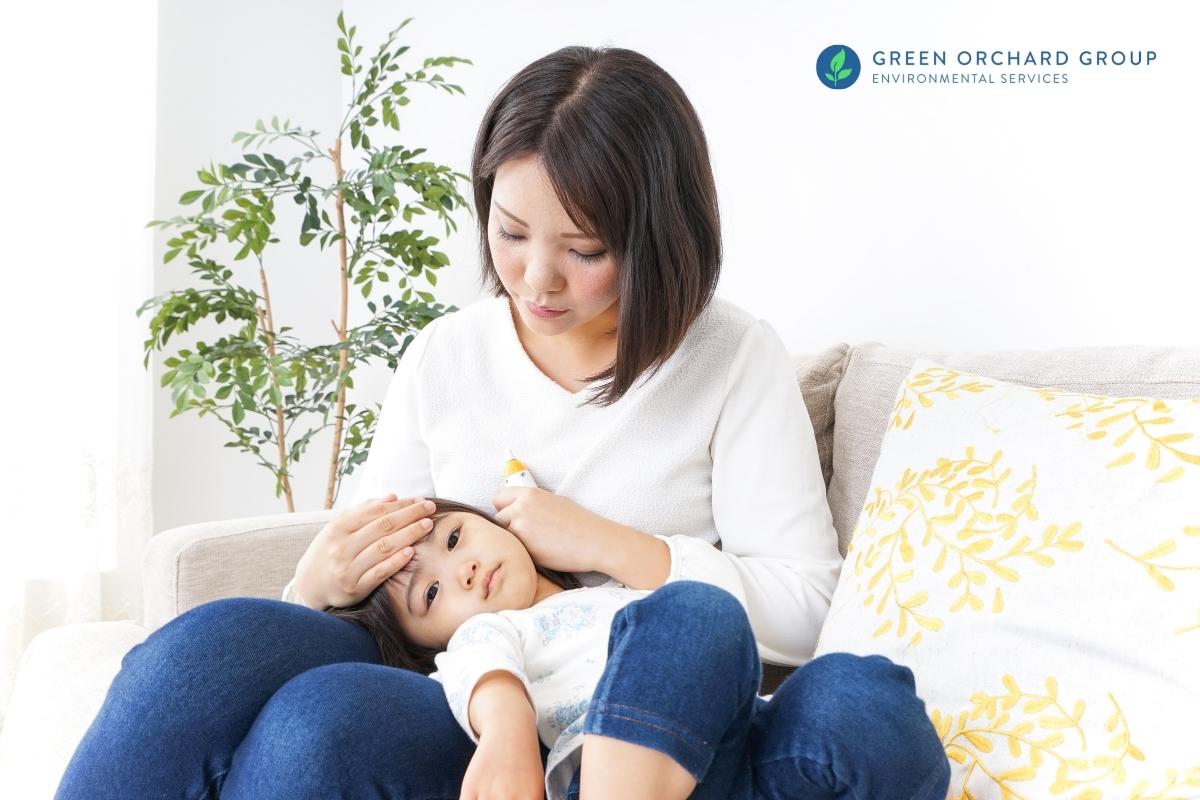
Worried about the risks and symptoms of lead poisoning in your home? Understanding the signs and symptoms of lead poisoning can help you take appropriate action to protect the health and safety of your family.

As a rule of thumb, small patches of mold growing on painted walls and surfaces can usually be safely removed by cleaning with a diluted bleach solution and thoroughly drying the affected area. Here’s what to know about removing mold from painted walls.
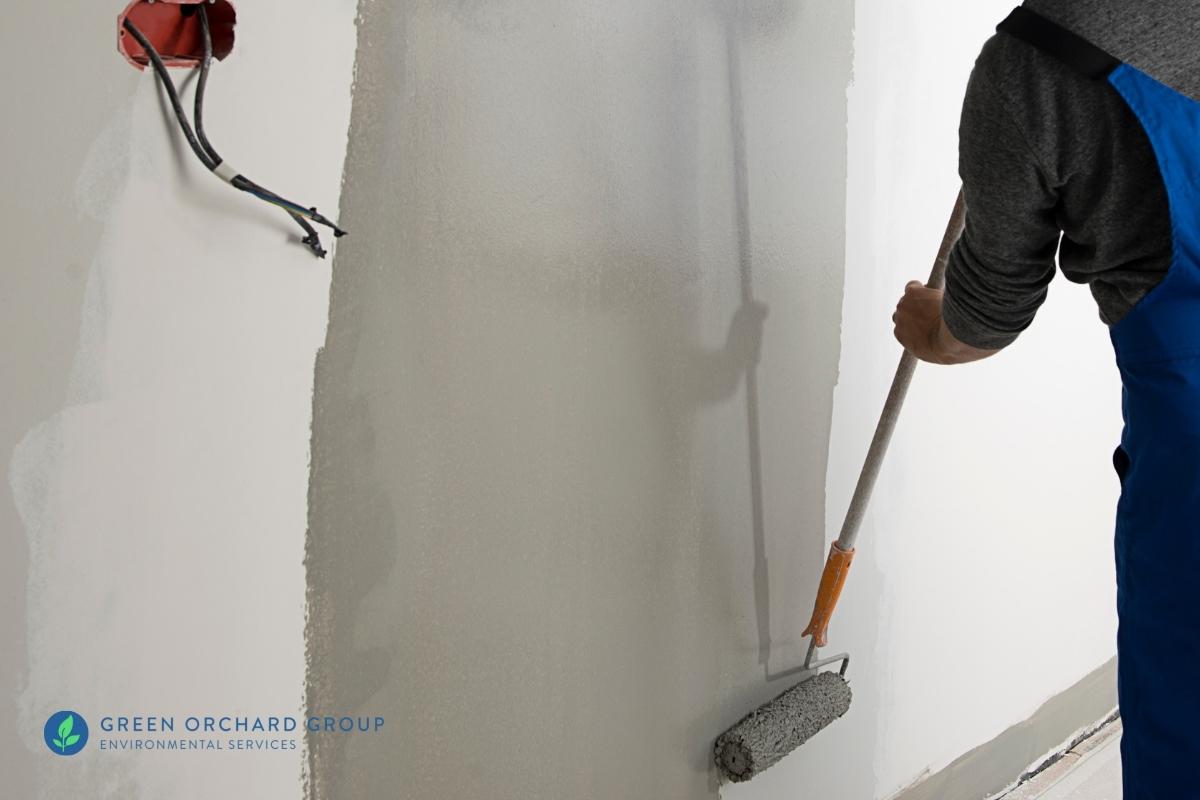
Lead encapsulating paint is a special type of material used to protect homes and families from being exposed to lead paint. Regular store-bought paint is NOT the same as lead encapsulating paint. In this article, we’ll explain what lead encapsulating paint is and how it’s used to safely abate lead-based paint hazards.
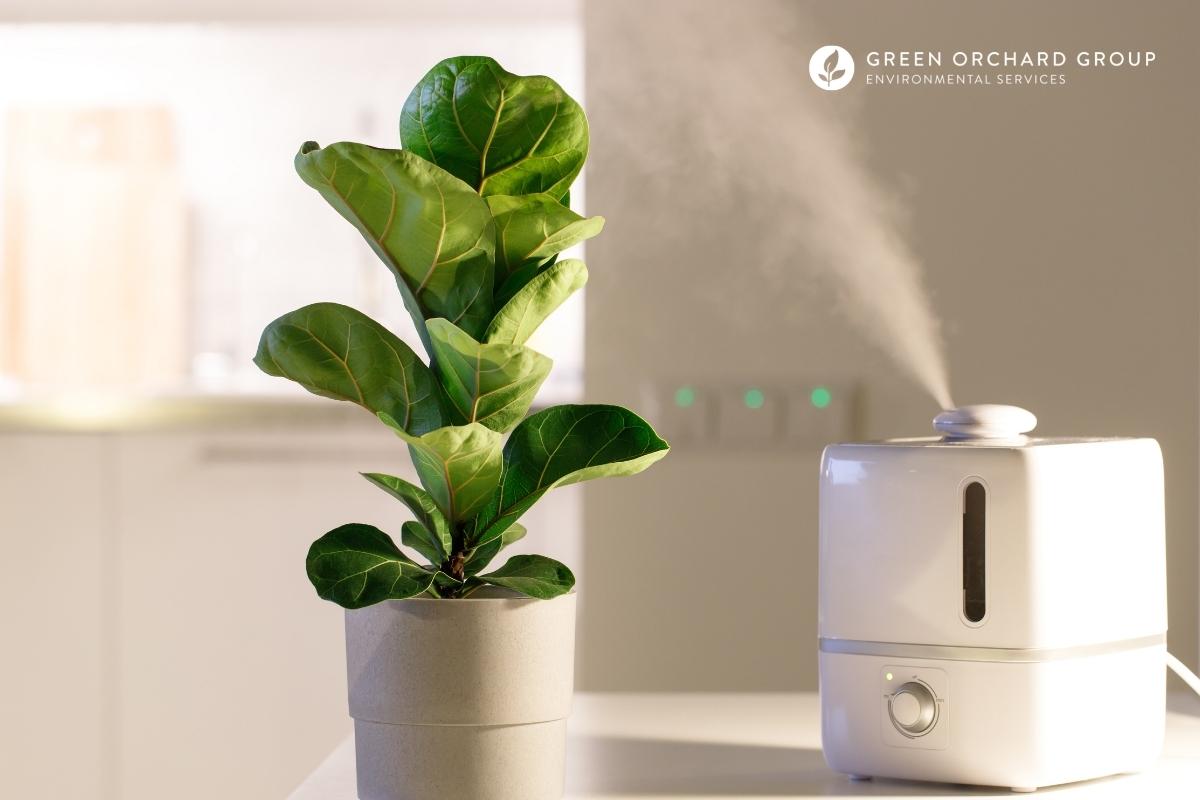
Studies suggest that certain essential oils have antifungal properties that can kill or inhibit mold and purify indoor air. In this article, we’ll introduce 5 air purifying essential oils that may be helpful against household mold.

Bleach is a relatively accessible and convenient way to get rid of household mold — if used properly under the right circumstances. In this article, we’ll define what the “right circumstances” means and how you can use bleach to kill mold.
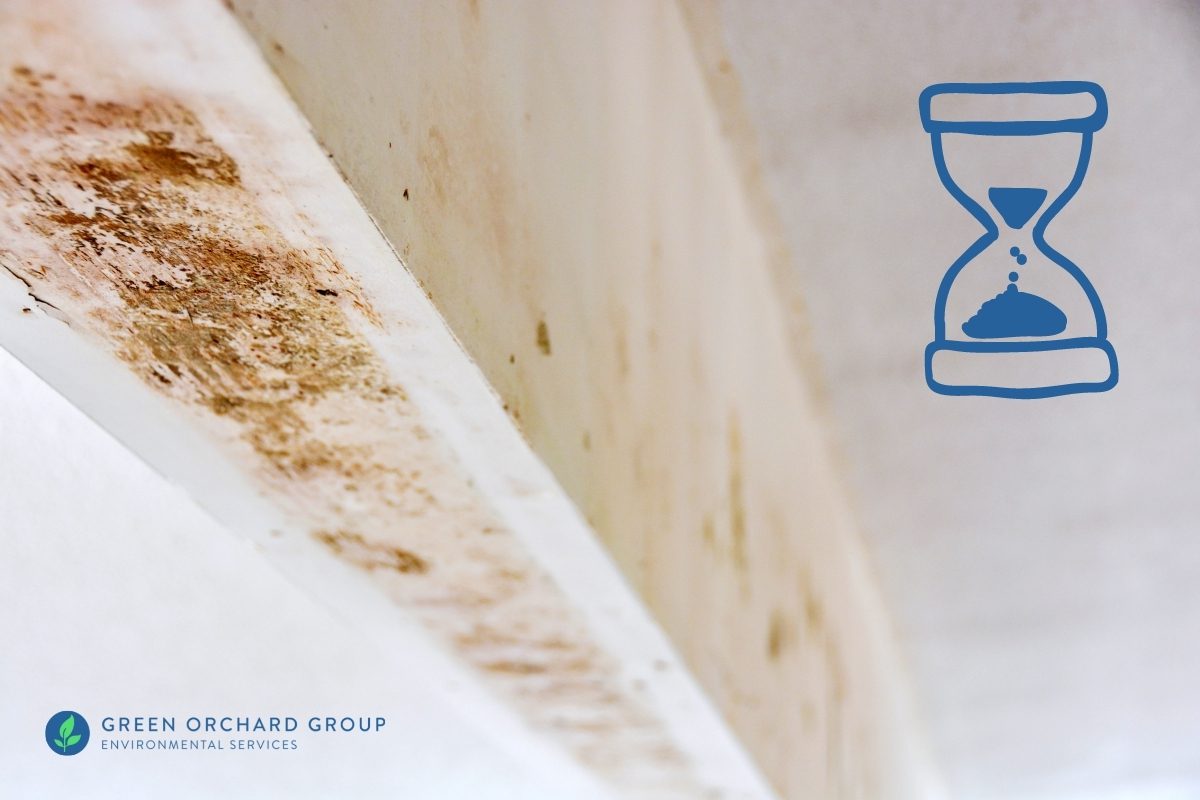
Unchecked moisture and humidity can lead to mold problems in your home or building. Under ideal conditions, mold can start to grow within the first 24 to 48 hours. However, visible signs of mold may not appear until days or weeks later.
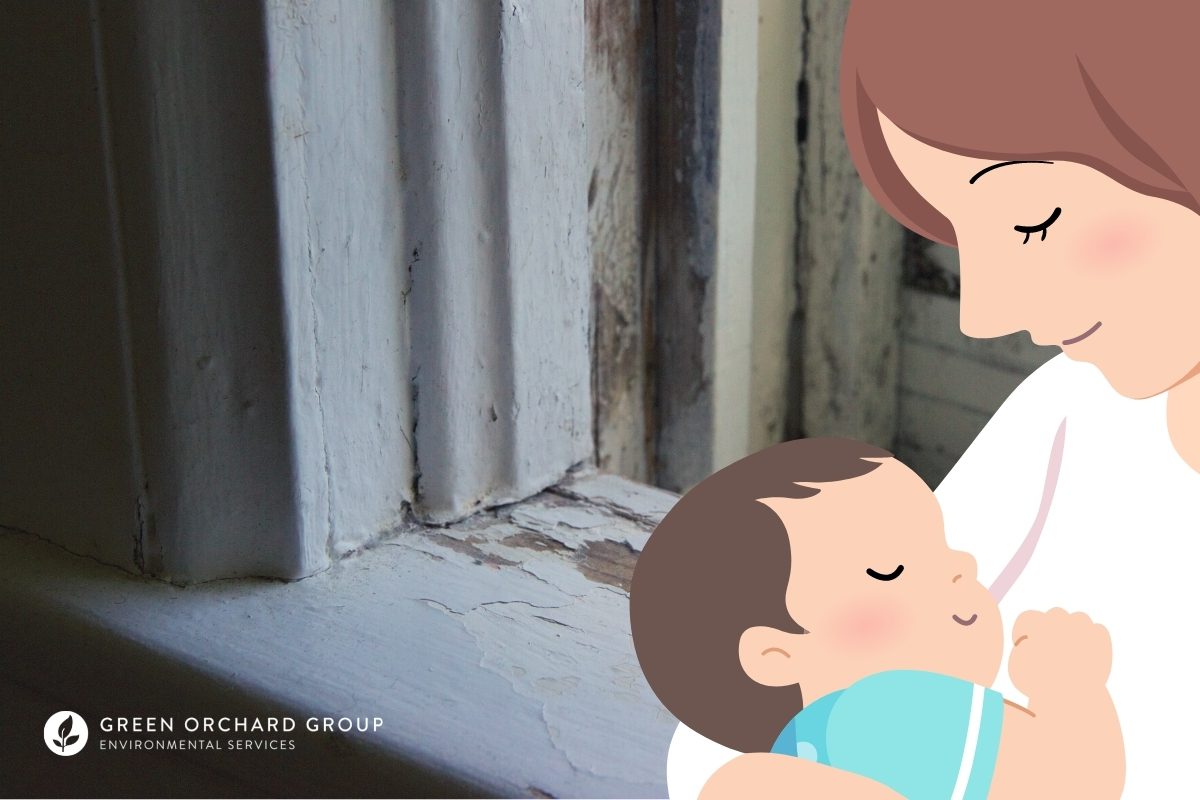
Do you have concerns about lead paint, or suspect that there is paint in your home that might contain lead? It can be tricky to confirm if the paint in an old home is lead-based or not, but here are 5 common signs of lead paint to look out for.
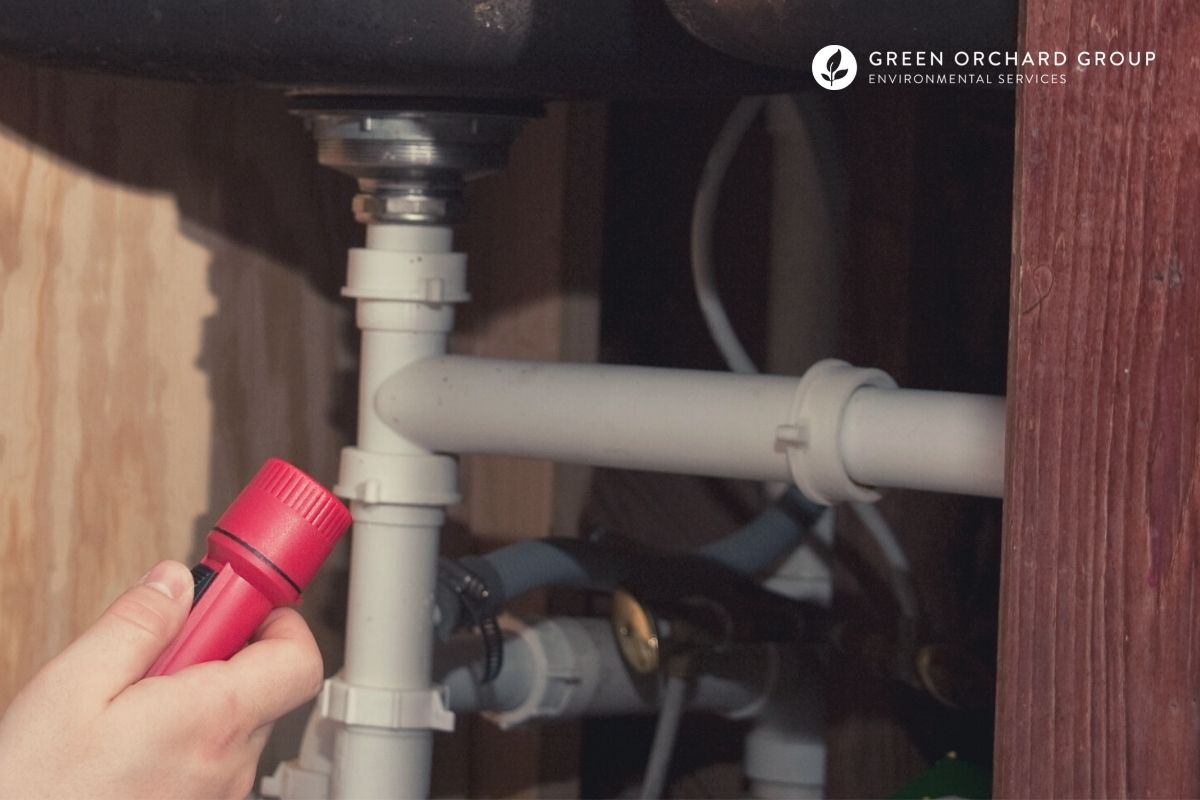
Finding and identifying mold growth early can help protect you and your family from the negative health effects of mold exposure. If you suspect that mold might be growing in your house or apartment, here’s how to perform a simple self-inspection.
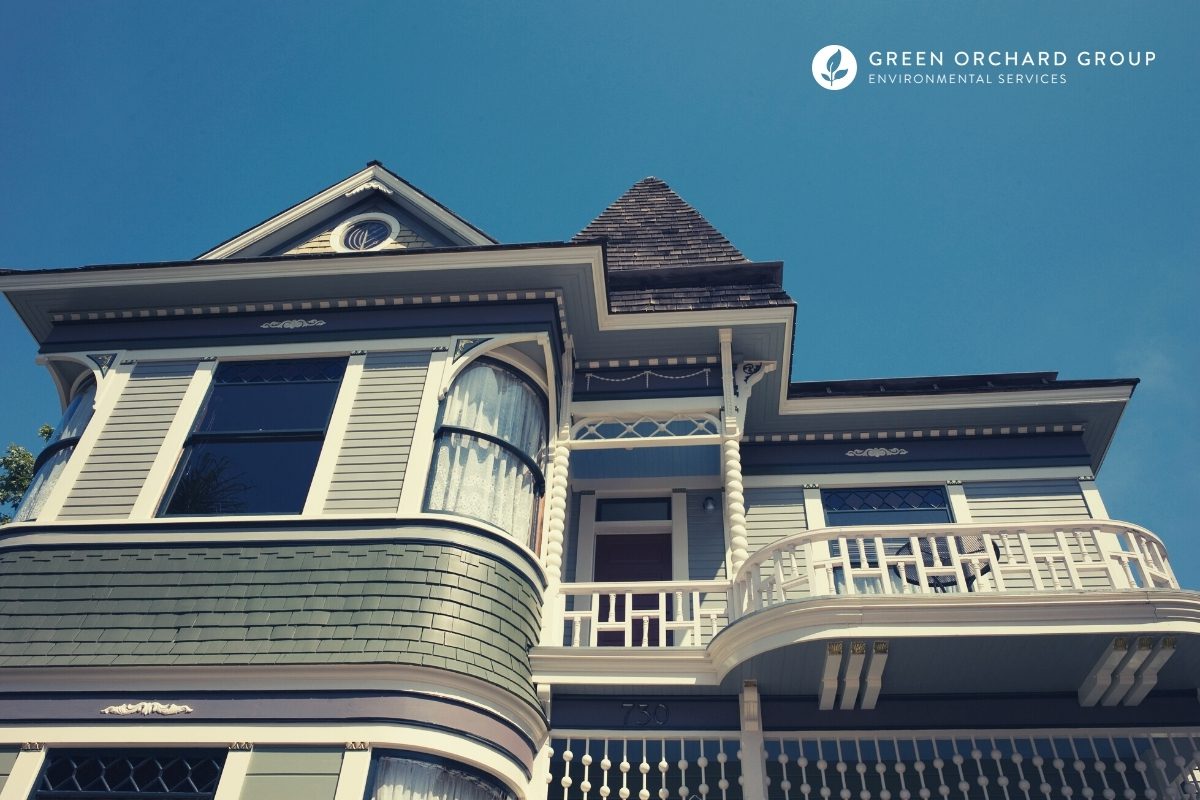
Are you considering buying a home or house that was built before 1978? There are several reasons why a homebuyer should consider getting a lead inspection or testing before buying a house with lead paint.
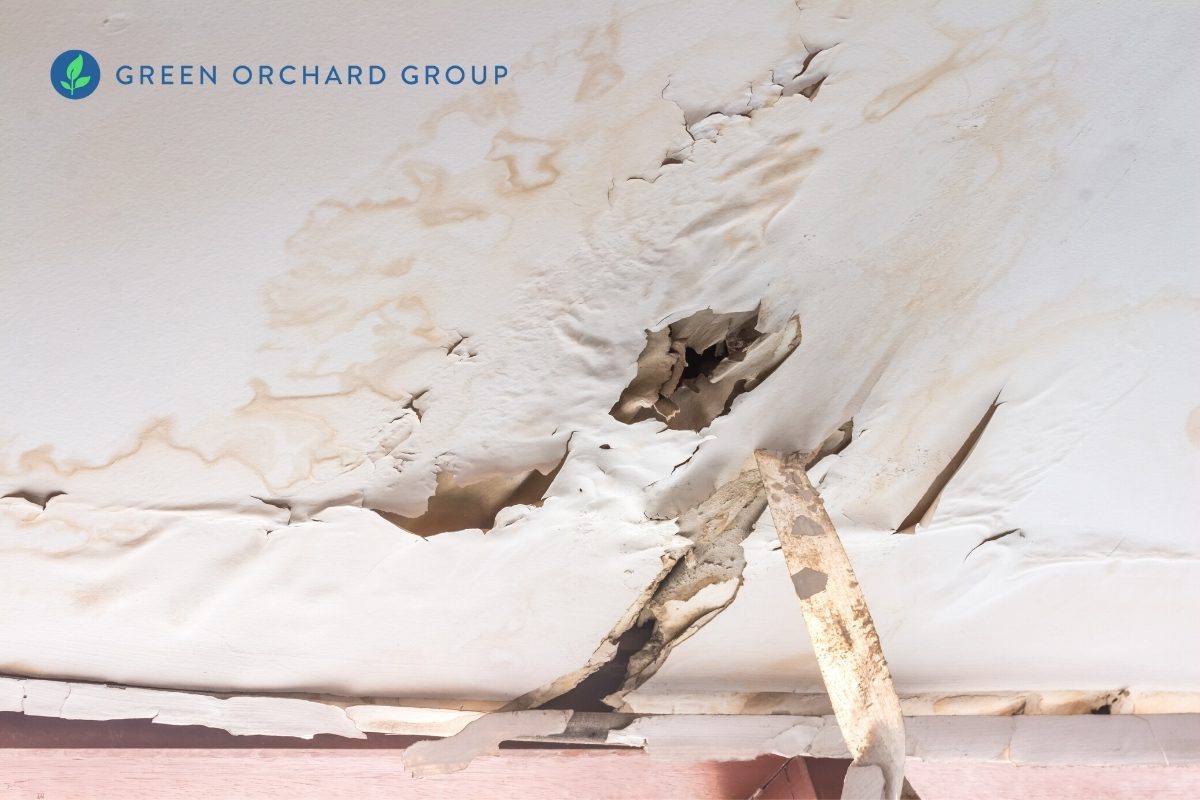
There are many factors that contribute to the speed of mold growth, such as the presence of mold spores, the species of mold, temperature and humidity, and the types of surfaces affected. A general rule of thumb is that mold can start to develop on surfaces within 24 to 48 hours of water exposure.
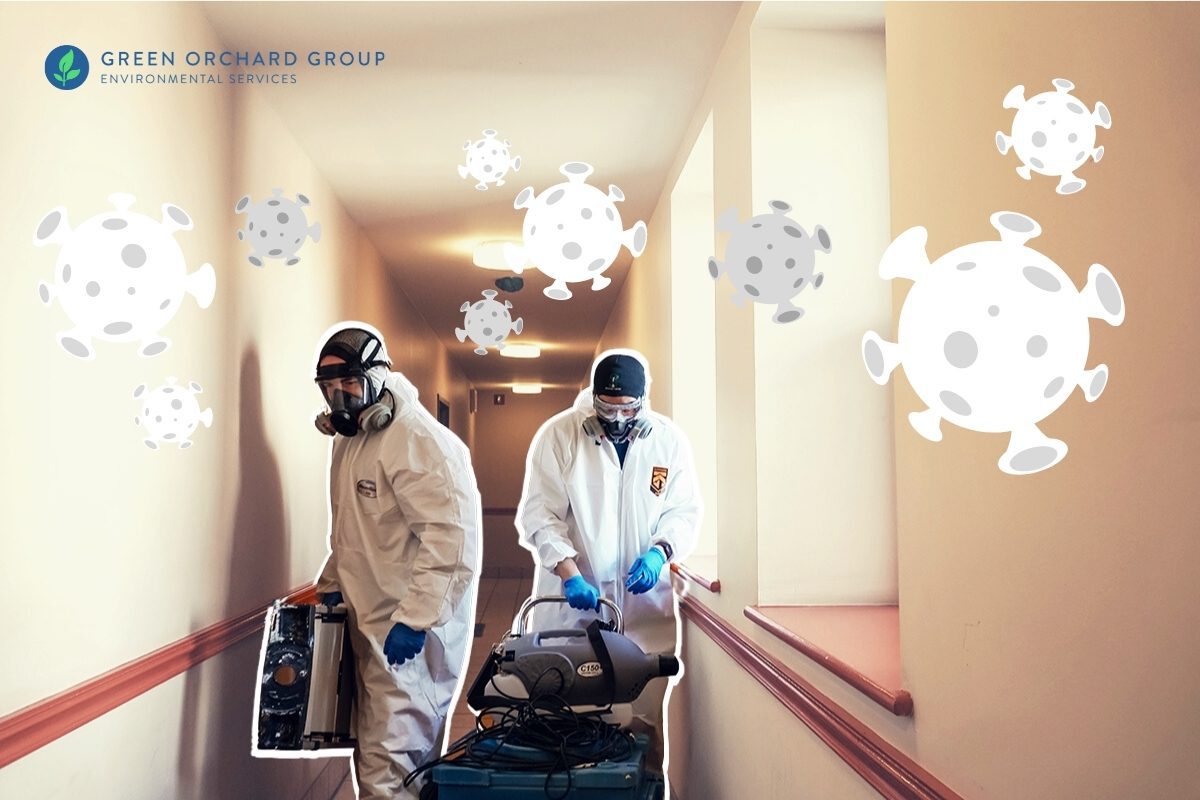
Need office disinfection services? Green Orchard Group offers professional coronavirus sanitizing & disinfection services for offices and businesses around New York City.
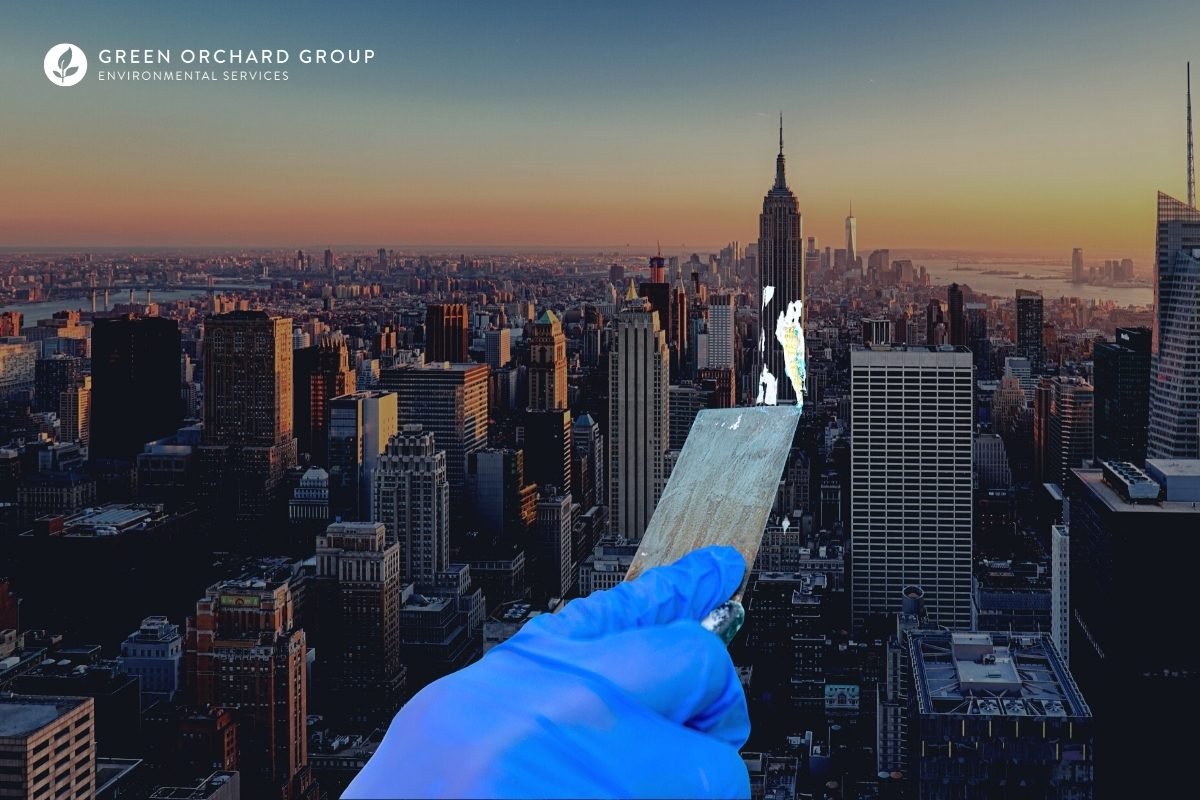
In 2004, New York City passed the “NYC Childhood Lead Poisoning Prevention Act,” a comprehensive set of housing laws aimed at eliminating the threat of lead-based paint and protecting kids from lead poisoning. These laws became commonly referred to as Local Law 1 of 2004.
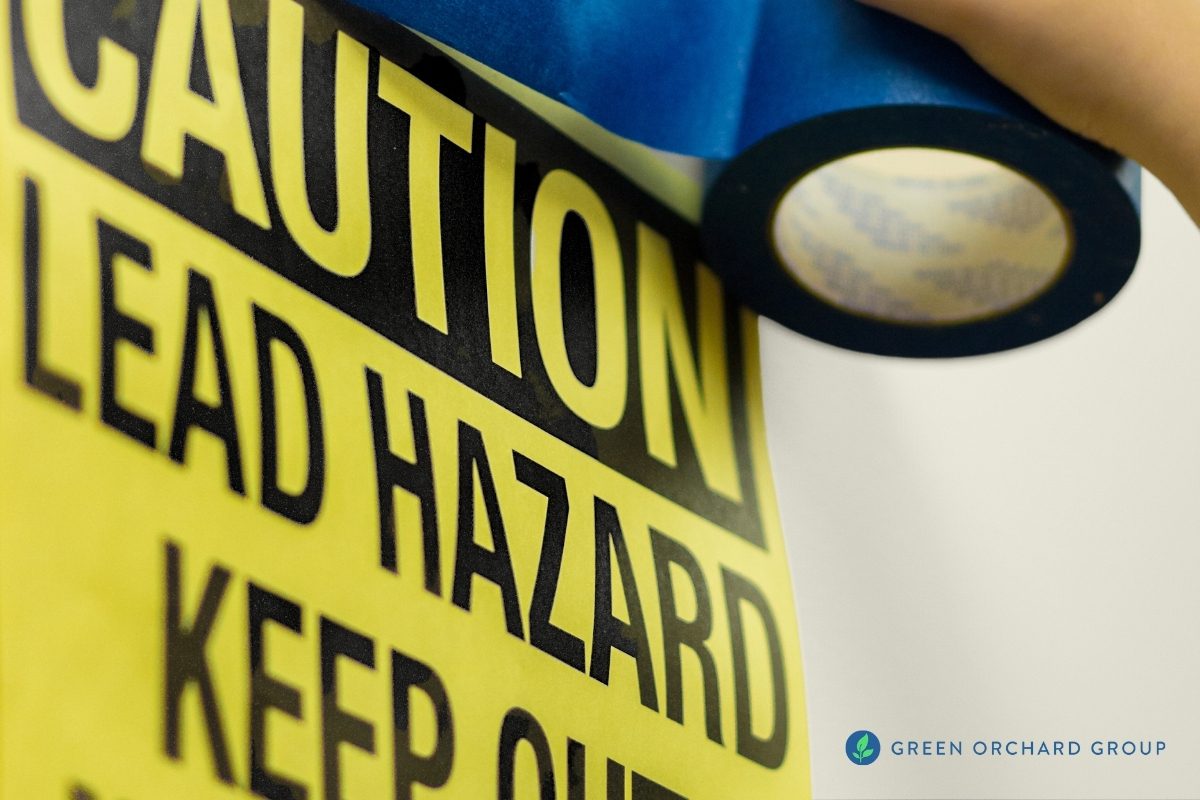
If you’re living in an apartment or home built before 1978, there’s a chance that it may contain lead paint. Communication is key in keeping your home and children safe from potential lead poisoning. Both tenants and landlords should work together to identify and prevent lead-based paint hazards.
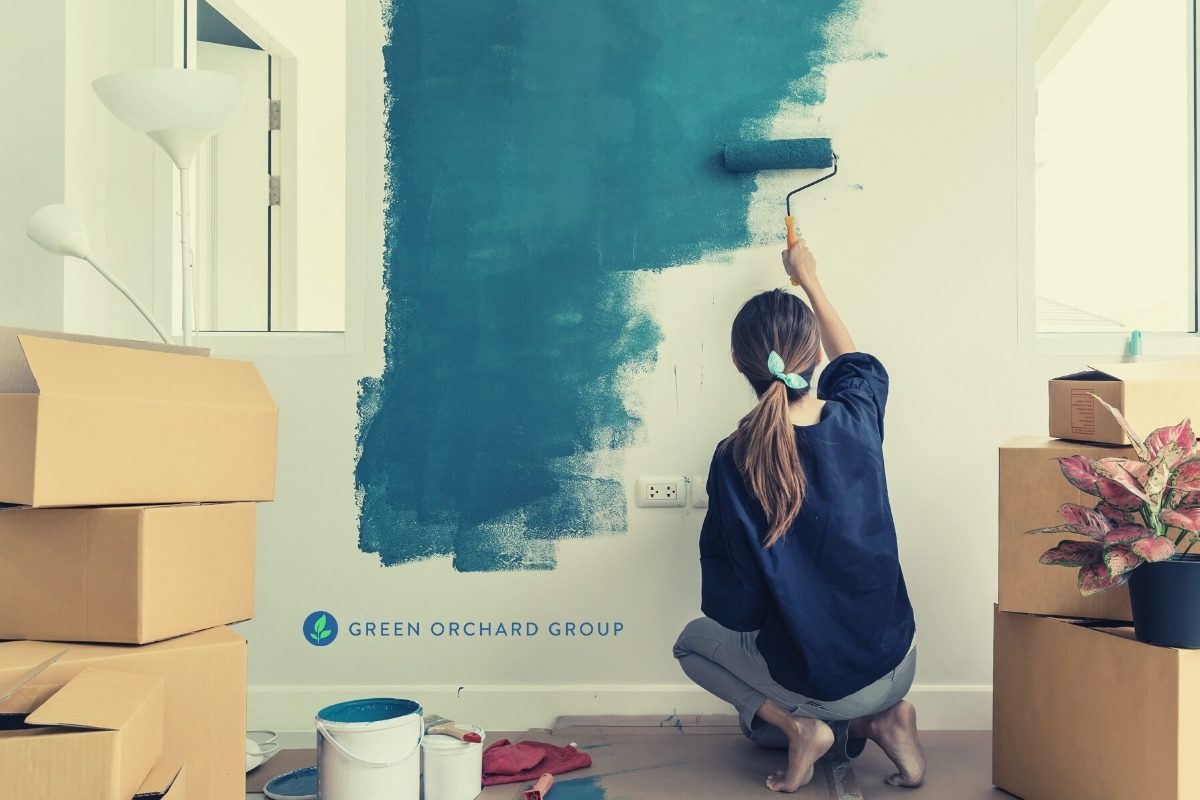
Do you have or suspect potentially dangerous lead paint in your building or home? Are you wondering if it’s safe to paint over it? As EPA-certified lead professionals, we’ll break down and explain when and how you can paint over lead paint.
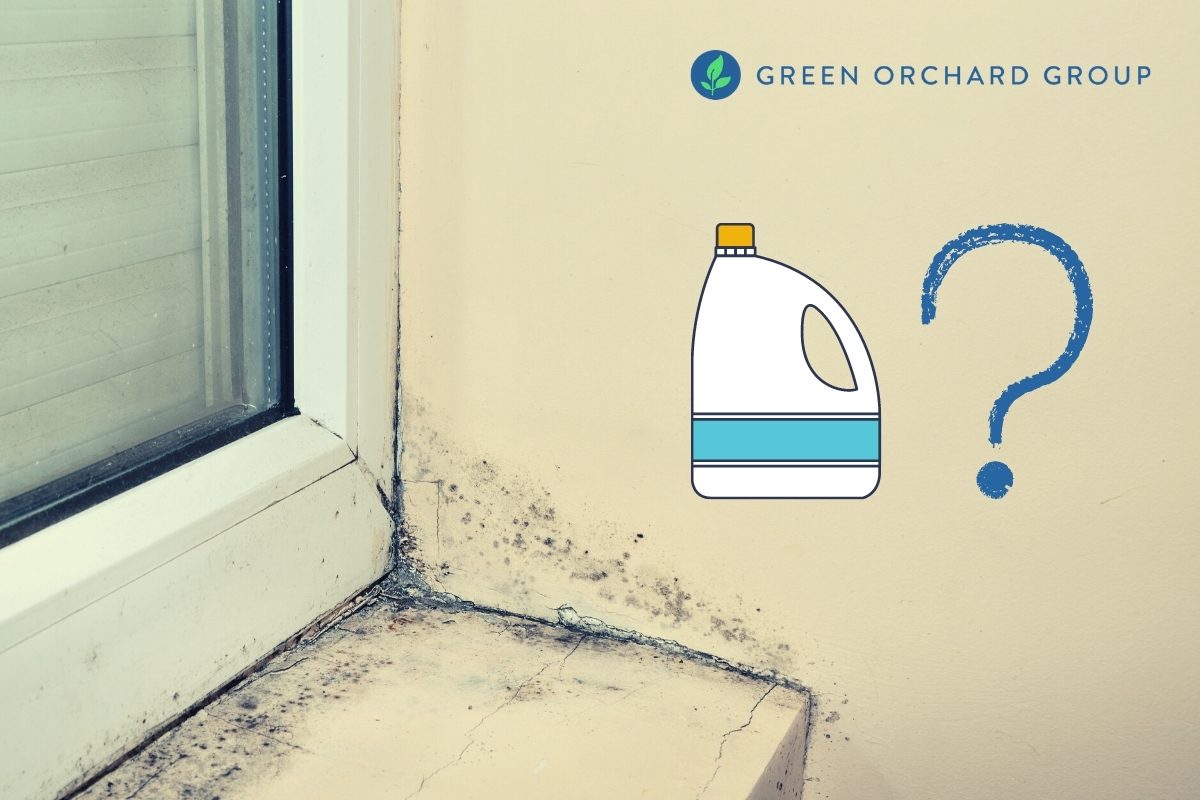
If you’ve discovered mold growing in your home, especially after a flood or water damage, bleach might be one of the first solutions that come to mind. Under certain conditions, bleach can effectively kill mold — but it’s often not the optimal approach.
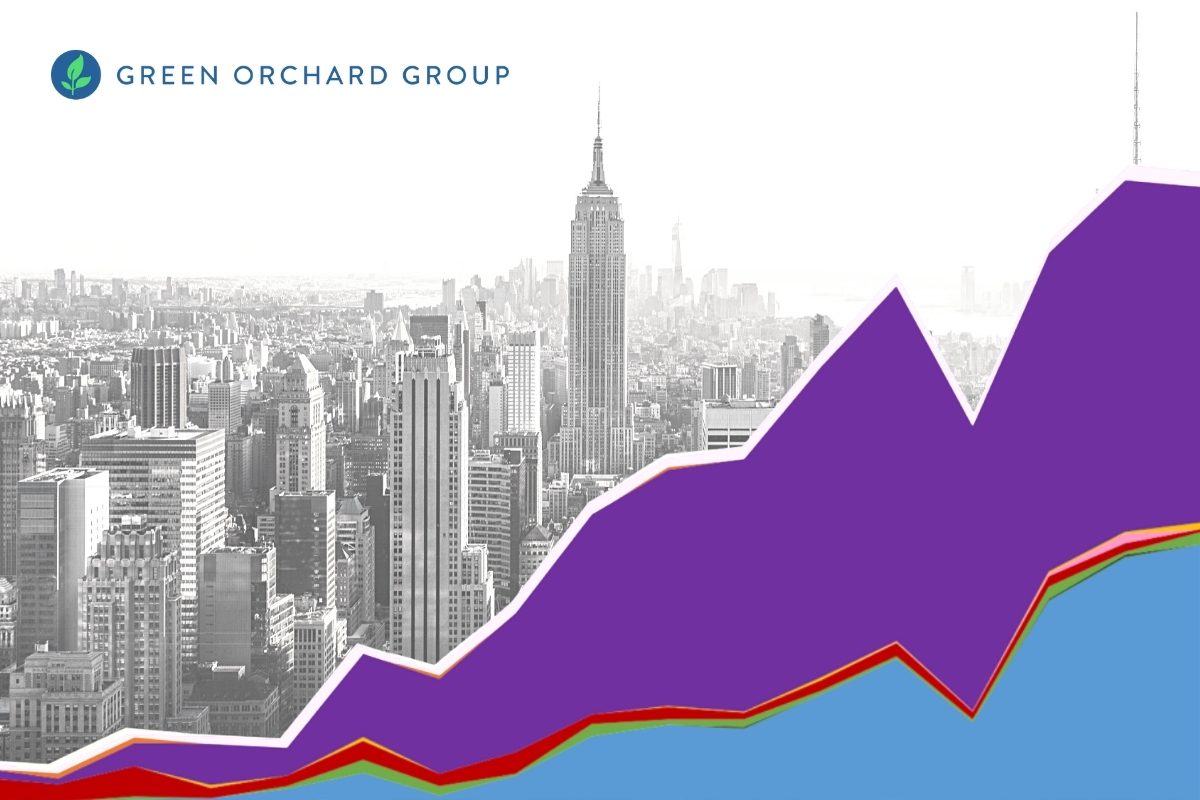
This week, a report from the NYC Department of Health details the spread of the New York variant and the U.K. variant. Findings show that the proportion of COVID-19 variants is increasing in all five boroughs.
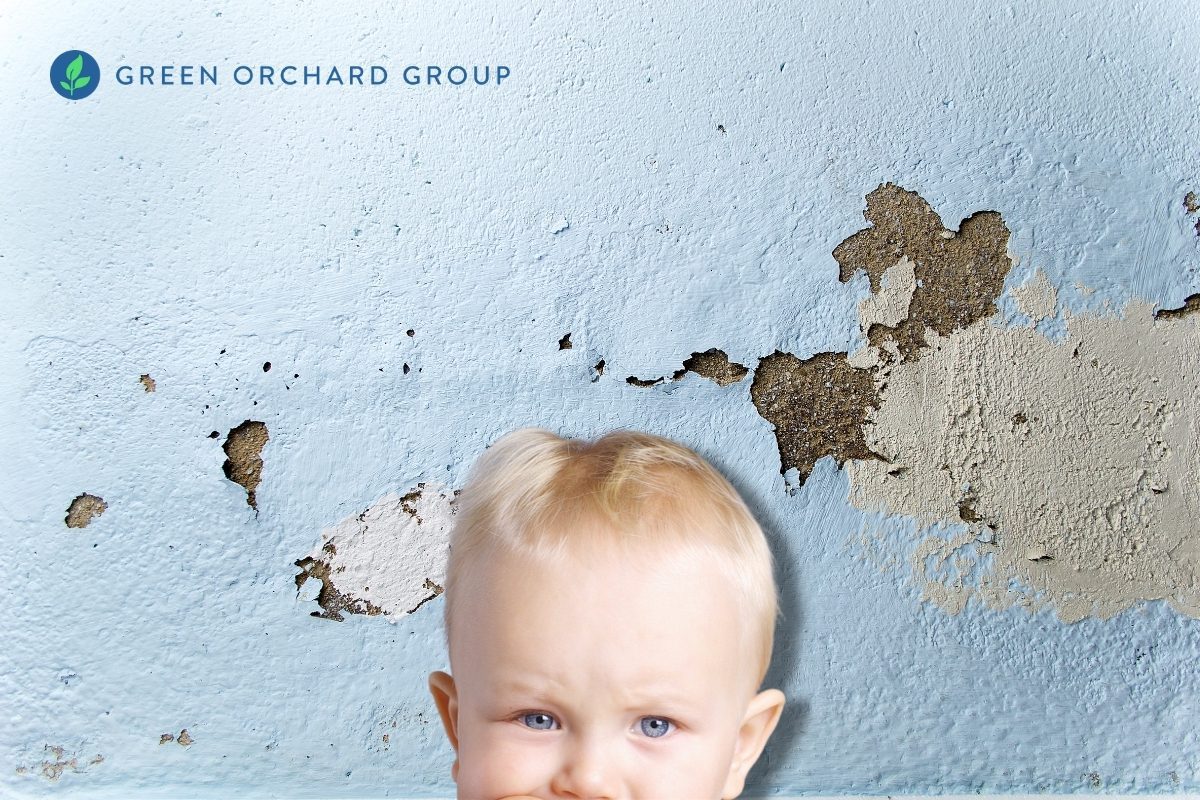
Before you buy or rent a home, it’s important to be informed about any potential lead threats in order to protect the health and safety of your family and children. A lead based paint disclosure form includes information that the seller or landlord has about the presence of lead-based paint hazards in the dwelling.

When should you really be disinfecting & sanitizing surfaces? According to the recently-updated COVID-19 guidance from the CDC, here are the specific situations where proper surface disinfection is recommended.
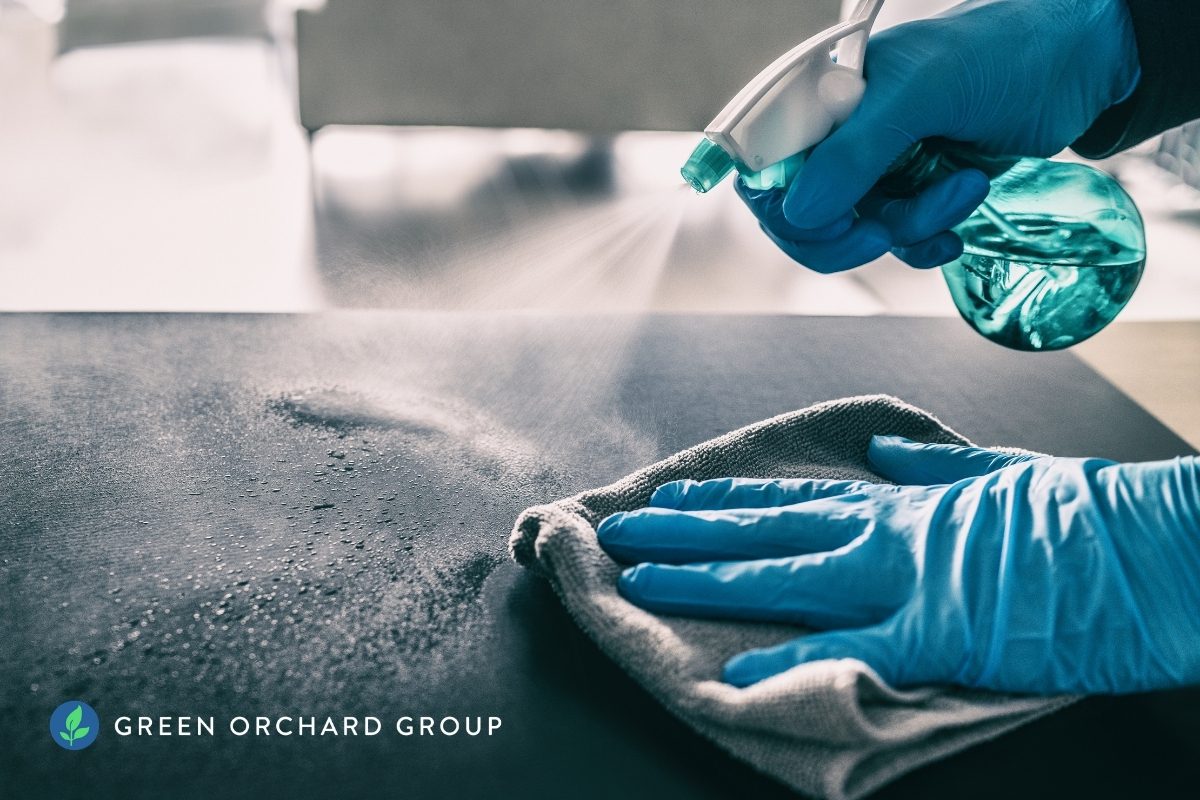
Not all surfaces are created equal, at least when it comes to serious pathogens like coronavirus (COVID-19). When sanitizing and disinfecting, it’s important to understand the differences between Porous (P), Hard Nonporous (HN), and Food Contact (FCR or FCNR) surfaces.
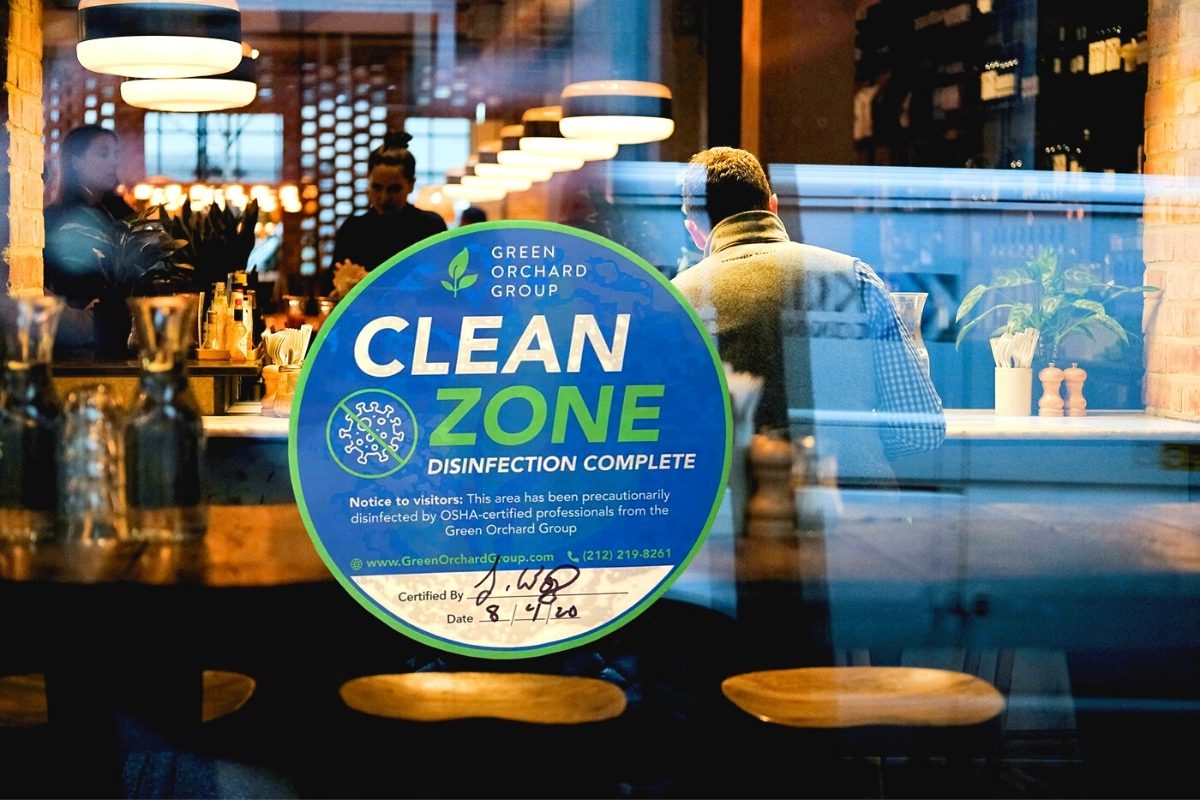
Disinfecting your restaurant isn’t just important for health reasons — it’s also good for business. Get fast & reliable COVID-19 disinfection for restaurants and bars in NYC. Our commercial services include electrostatic fogging and air scrubbing.
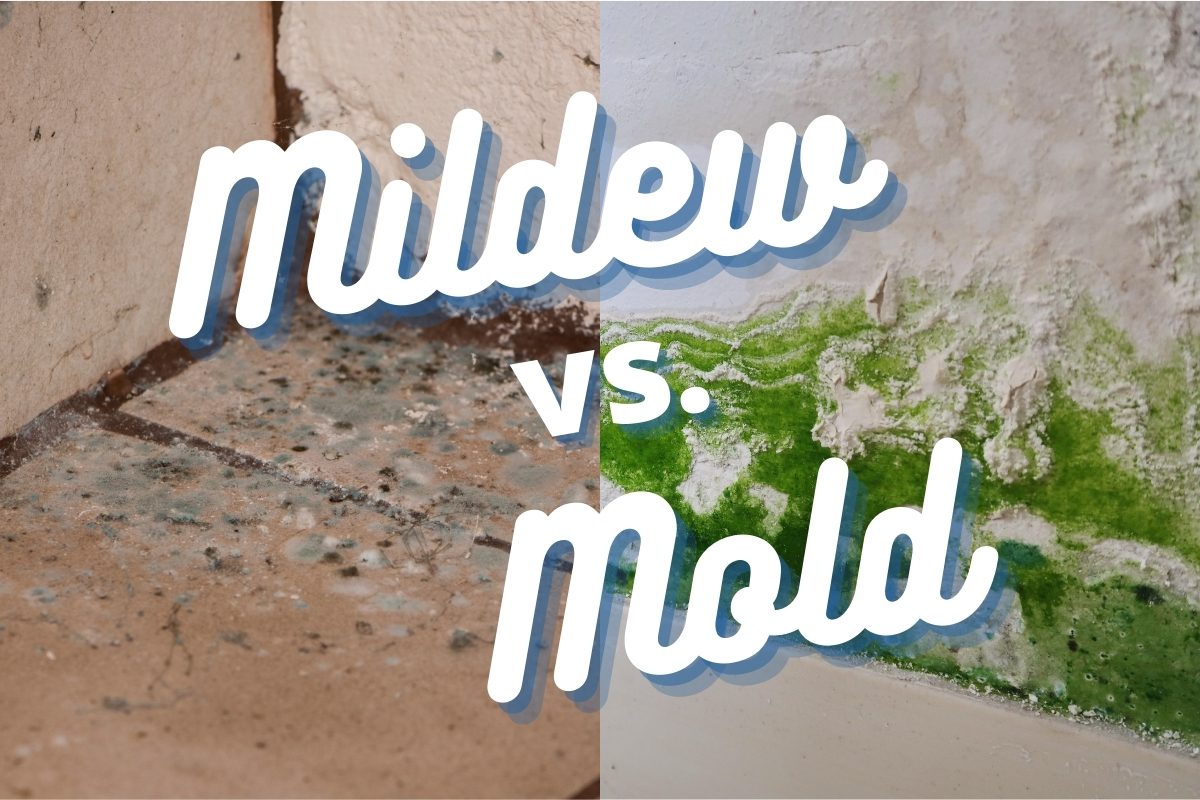
Mildew is relatively harmless while mold can become a serious problem for your health and your home. Wondering if the thing in your home is mold or mildew? This article introduces 6 key differences to look out for, and what you should do about it.
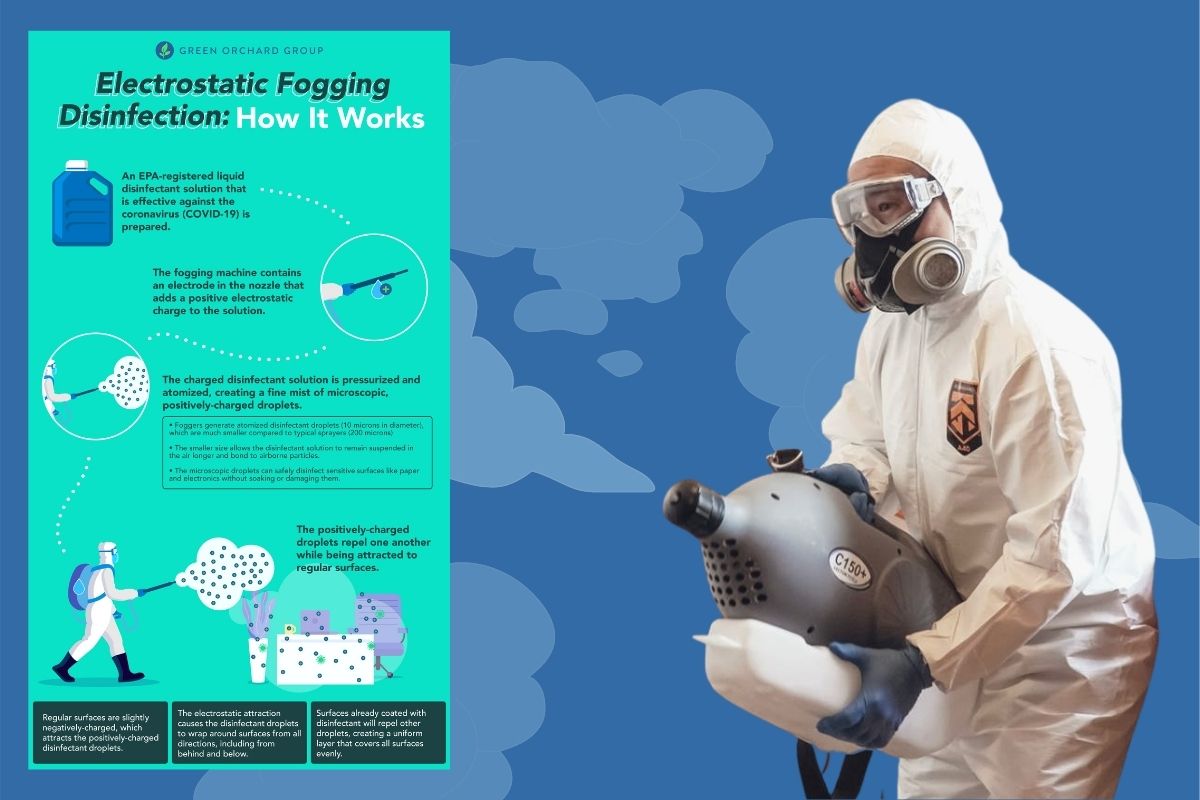
Electrostatic fogging technology is an effective and efficient way to apply a disinfectant solution over large areas in a relatively short period of time. In NYC, many residents and businesses have turned to electrostatic fogging services to quickly and reliably sanitize surfaces in their homes, offices, schools, and other facilities.
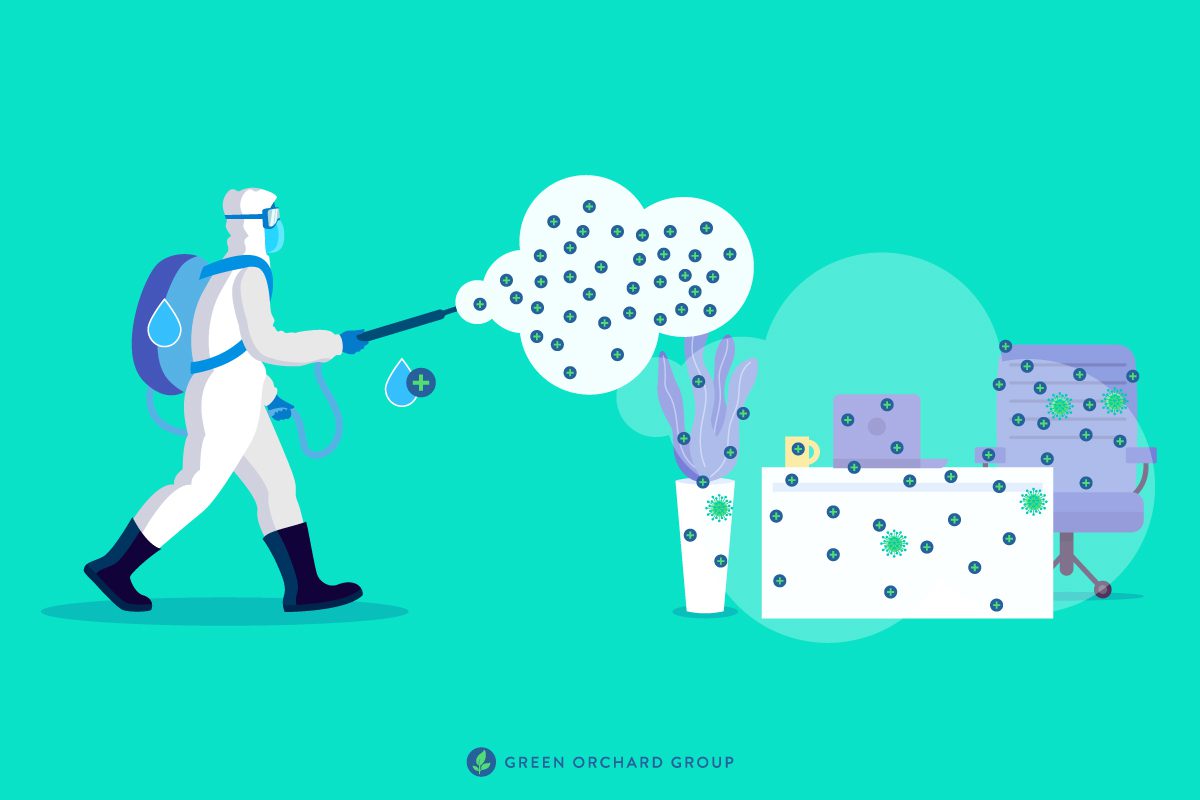
Electrostatic fogging and spraying technology uses interactions between charged particles to efficiently disinfect and sanitize large areas. In this article, we’ll explain how electrostatic fogging & spraying technology works, as well as the official guidance and recommendations around using electrostatic fogging for COVID-19 disinfection.
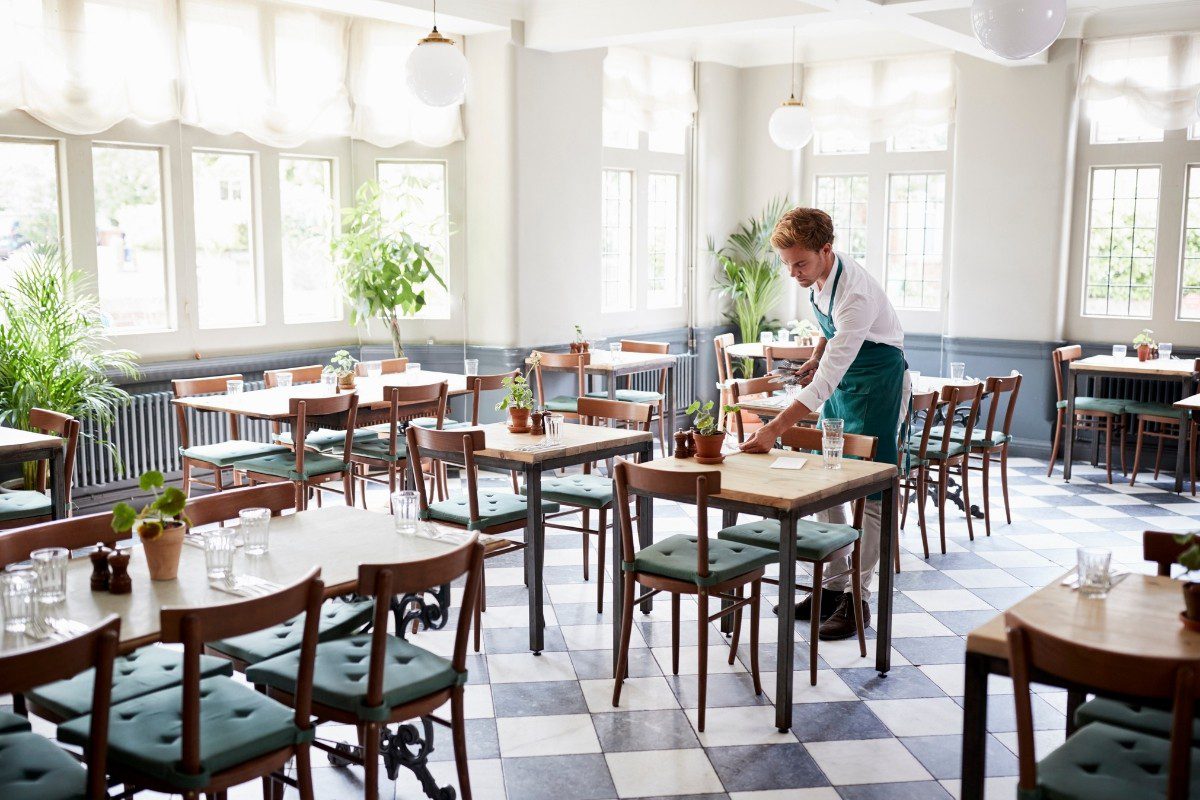
Indoor dining will return to New York City starting on Valentine’s Day, but is the 25% capacity limit fair and practical? Also starting this week: restaurant workers are now eligible to receive the COVID-19 vaccine in NYC.
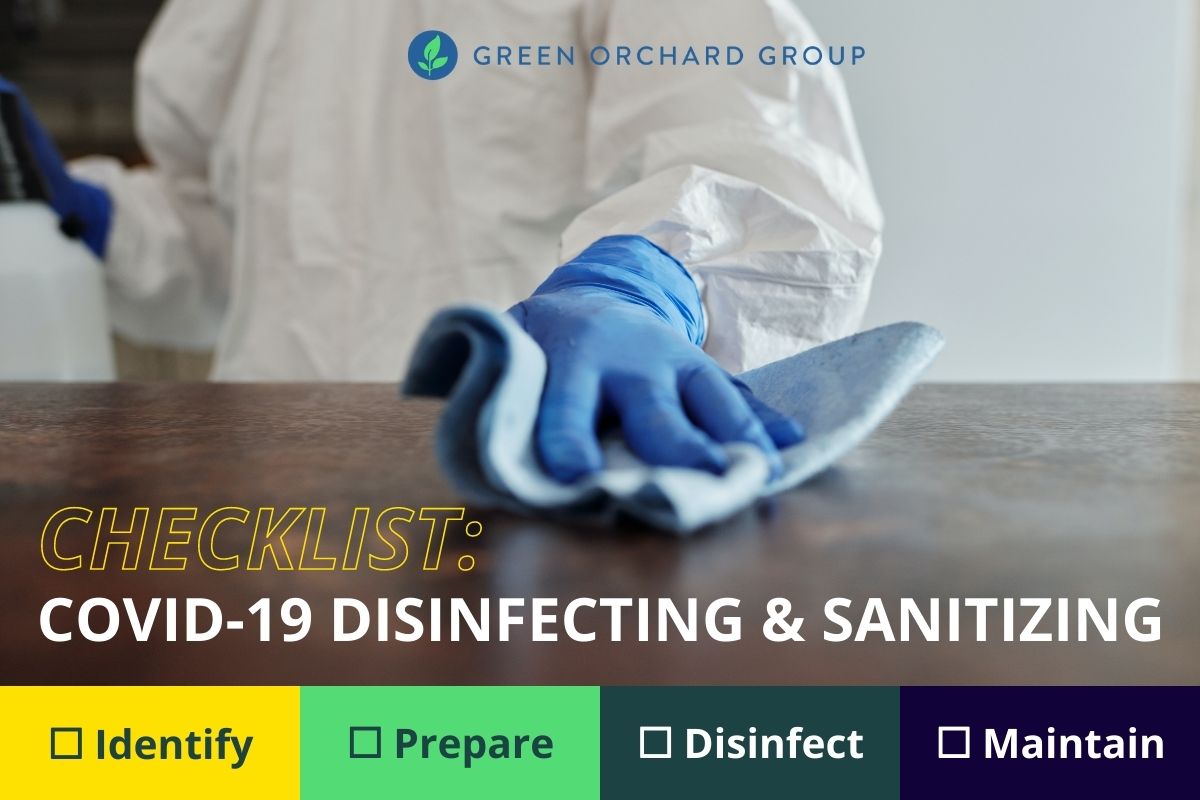
With daily new coronavirus cases in New York at an all-time high, proper COVID-19 disinfecting and sanitizing is an important way to fight back against coronavirus transmission. Here’s a simple 4-step checklist to help you properly disinfect and sanitize your home, office, school, or business.
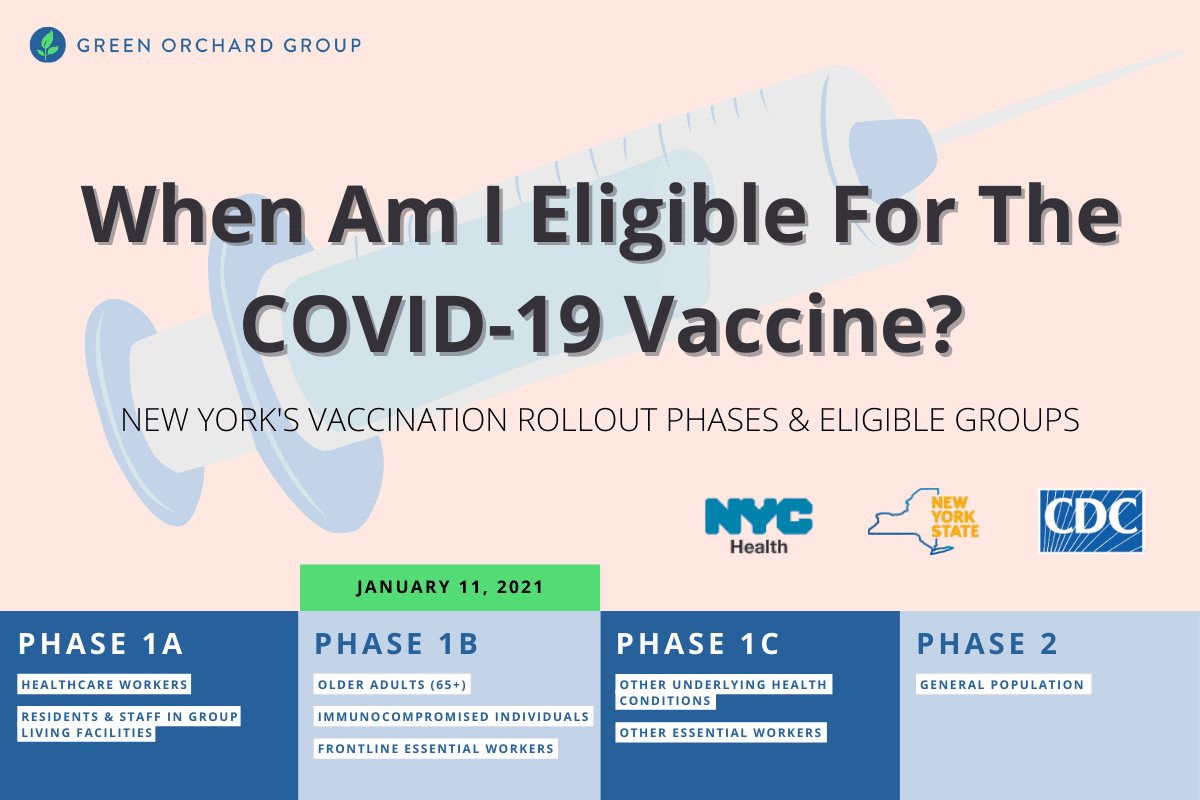
Wondering when you’ll be eligible to receive the COVID-19 vaccine in New York? Here’s an infographic showing the planned rollout of the COVID-19 vaccine in New York, including the vaccine distribution phases and eligible groups.

Wishing you a Merry Christmas and a Happy New Year! To help you celebrate carefully and responsibly this year, here’s a convenient, printable safety checklist from the disinfection experts at Green Orchard Group.

What’s the difference between cleaning, sanitizing, and disinfecting services for COVID-19? In this article, we’ll help you understand the differences and choose the right service to fit your specific needs.

Planning a small, responsible get-together for Thanksgiving? Here’s a free, printable checklist to help you celebrate together safely in 2020 and protect yourself and your family from COVID-19.

With a new surge in COVID-19 infections across New York as we approach this holiday season, getting yourself tested is a good idea. Here’s what you need to know about where and how to get yourself tested in New York City this month.

October 25-31 is National Lead Poisoning Prevention Week. As an EPA-certified lead assessment and remediation firm, Green Orchard Group is committed to helping NYC eliminate the threat of lead poisoning from our homes and apartments.
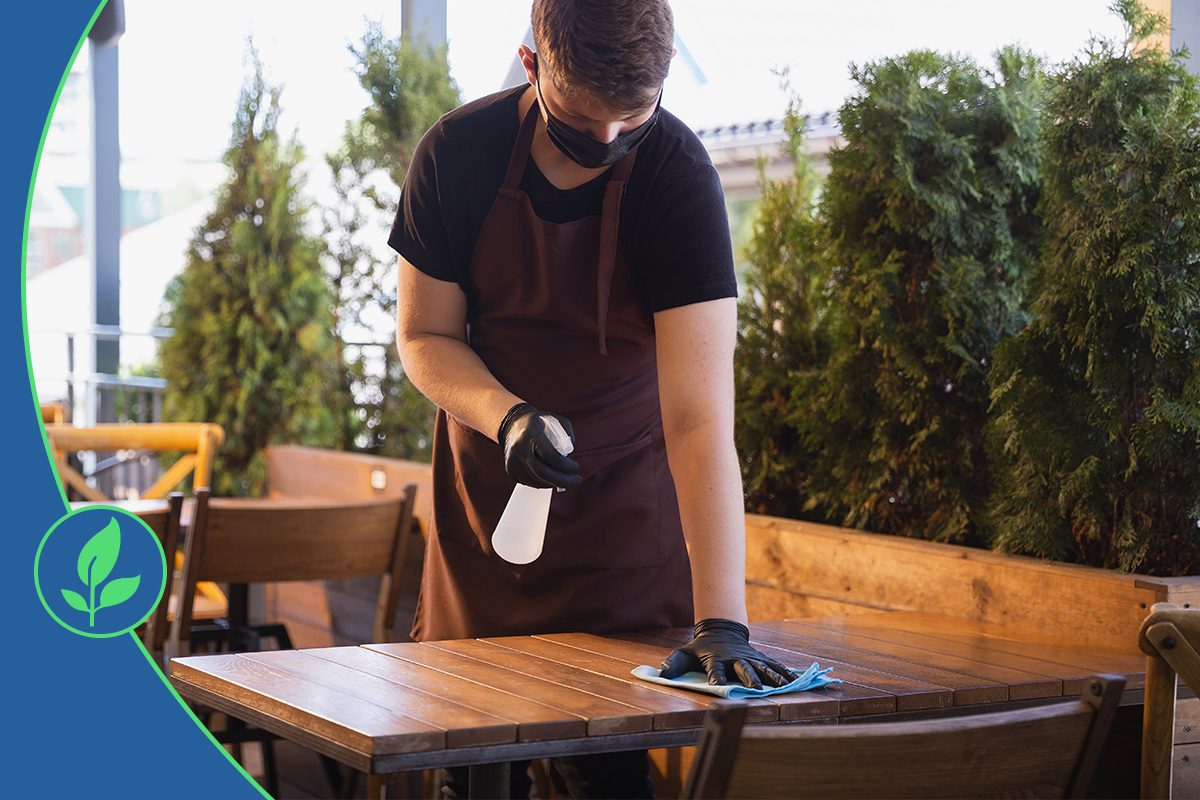
Although hiring a disinfection company or investing in in-house disinfection equipment and protocols seems like a heavy upfront cost to bear, especially during these challenging times, a safer environment can help boost staff morale, give customers confidence, and help drive more traffic to your restaurant this fall and winter.

Aerosols are microscopic droplets of fluid that can linger in the air for minutes to hours. They are smaller than 50 microns in size (smaller than the diameter of a hair) and can carry SARS-CoV-2 through the air, potentially spreading the virus when inhaled by nearby individuals.
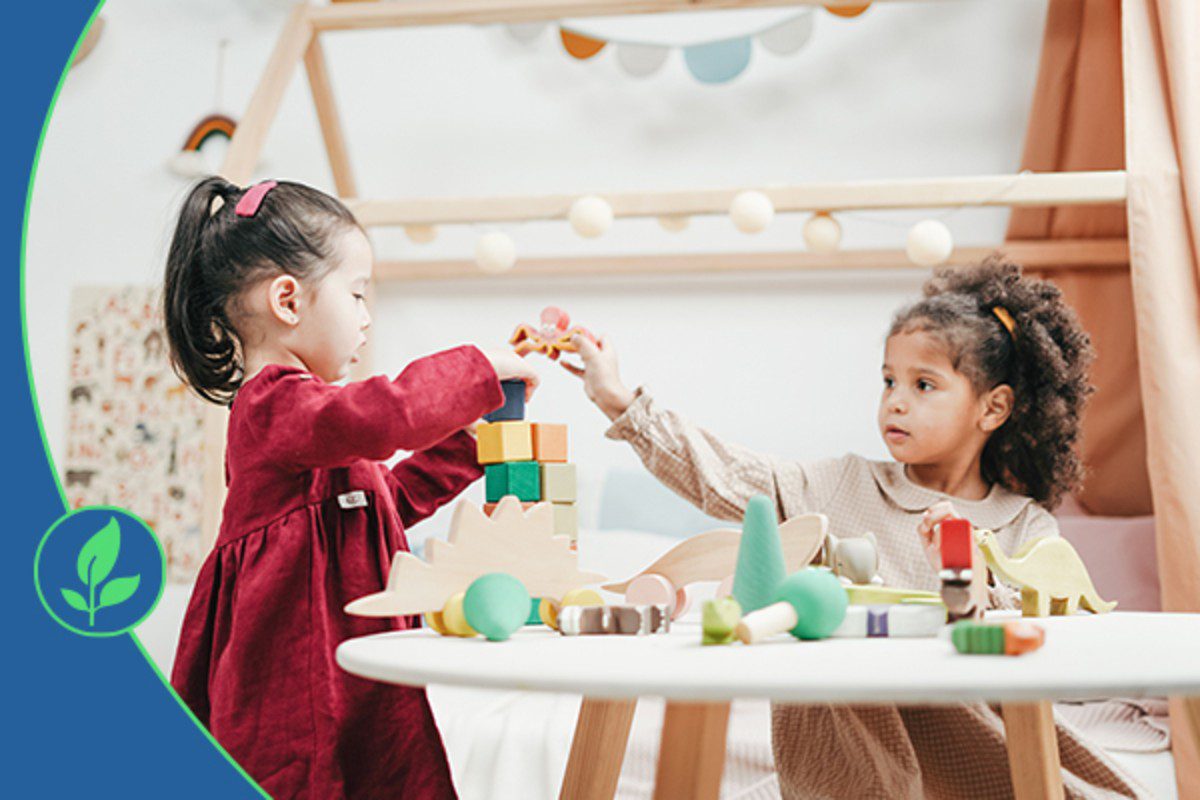
Running daycares or afterschool programs filled with rambunctious kids has never been easy. As businesses reopen in the face of the coronavirus pandemic, the challenges of keeping kids safe and healthy while offering them a space to learn and play are even greater.
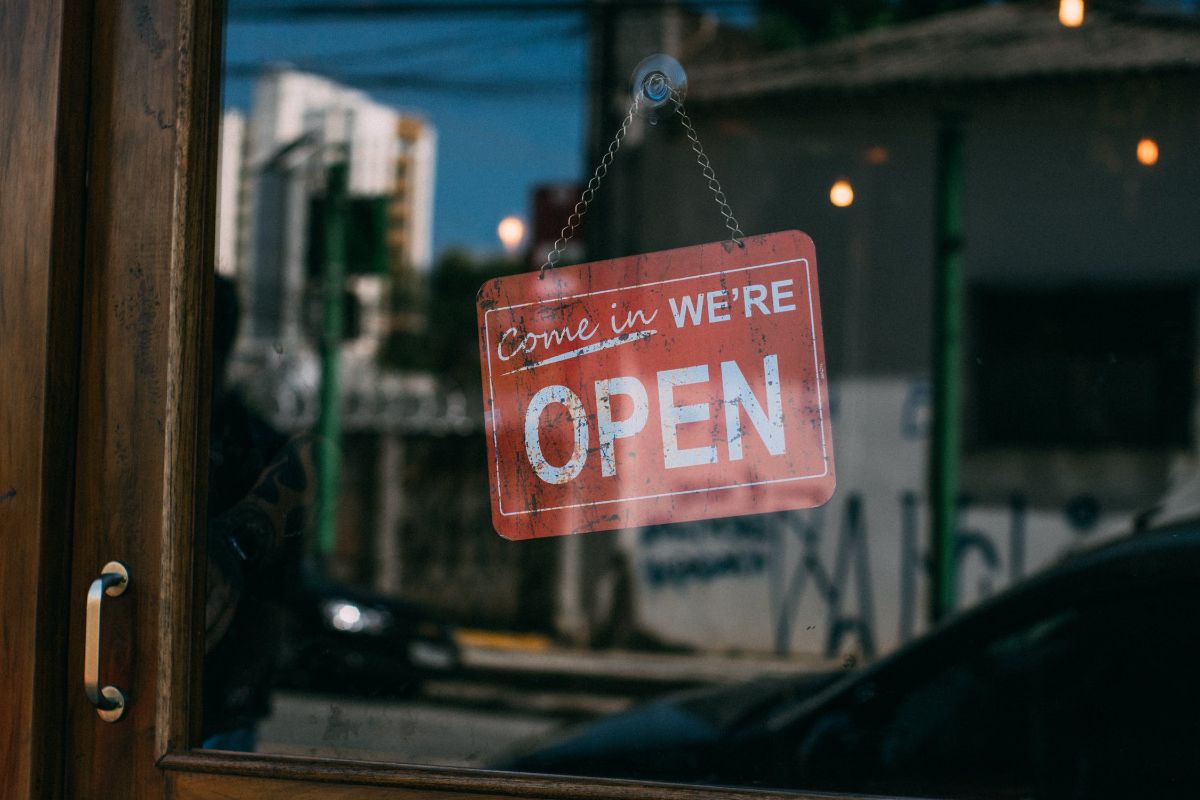
Here is an easy-to-follow, summarized list of the mandatory safety protocols from New York State that must be followed by retail businesses that have recently reopened, or are planning to reopen in the near future.

Studies show that the coronavirus can live on cardboard surfaces for up to 24 hours, which means that packages and even food deliveries can pose a potential risk.

According to the CDC, “targeted hygiene” means focusing your disinfecting efforts on areas and situations where there’s a higher risk of coronavirus transmissions, such as food-preparation surfaces and bathrooms.